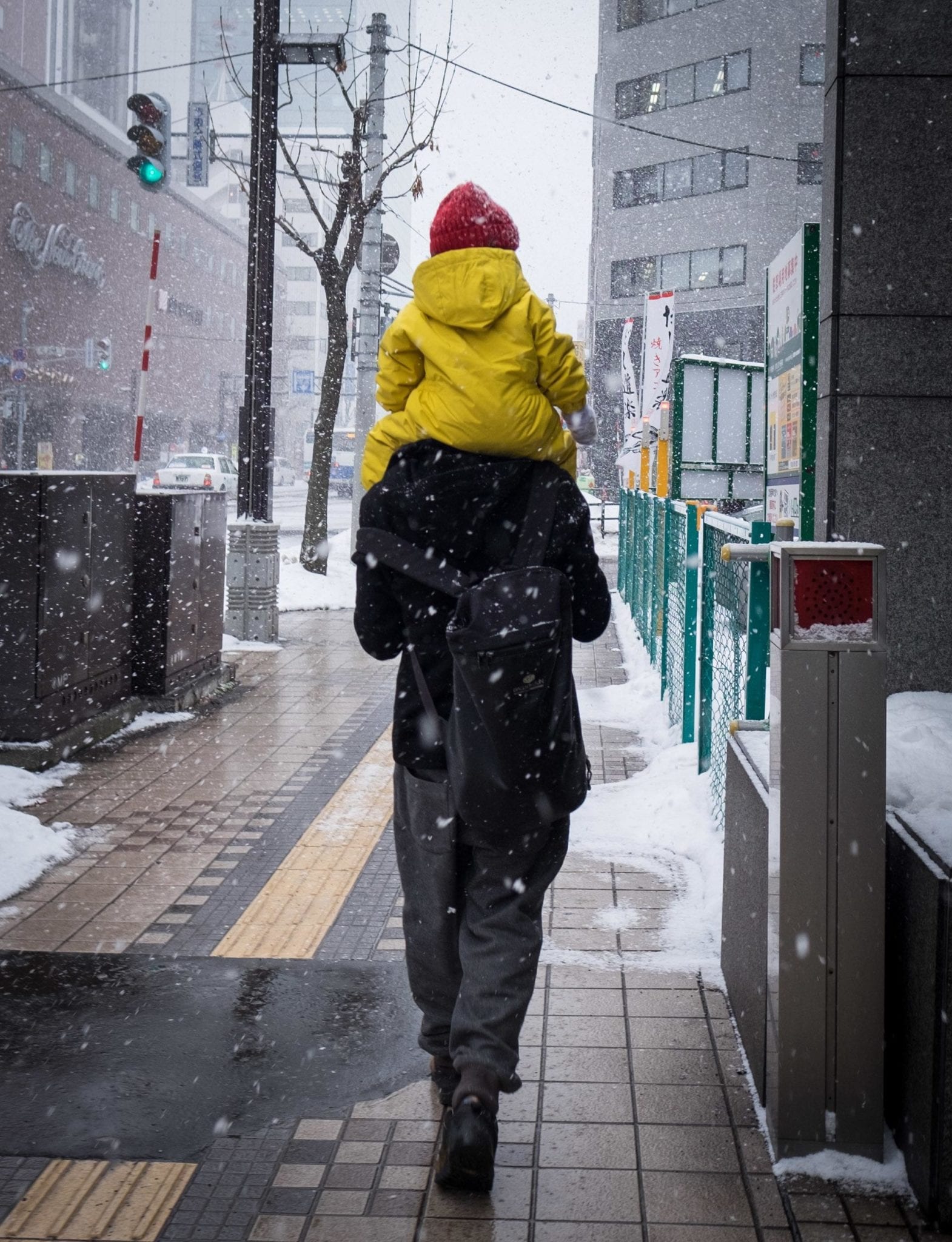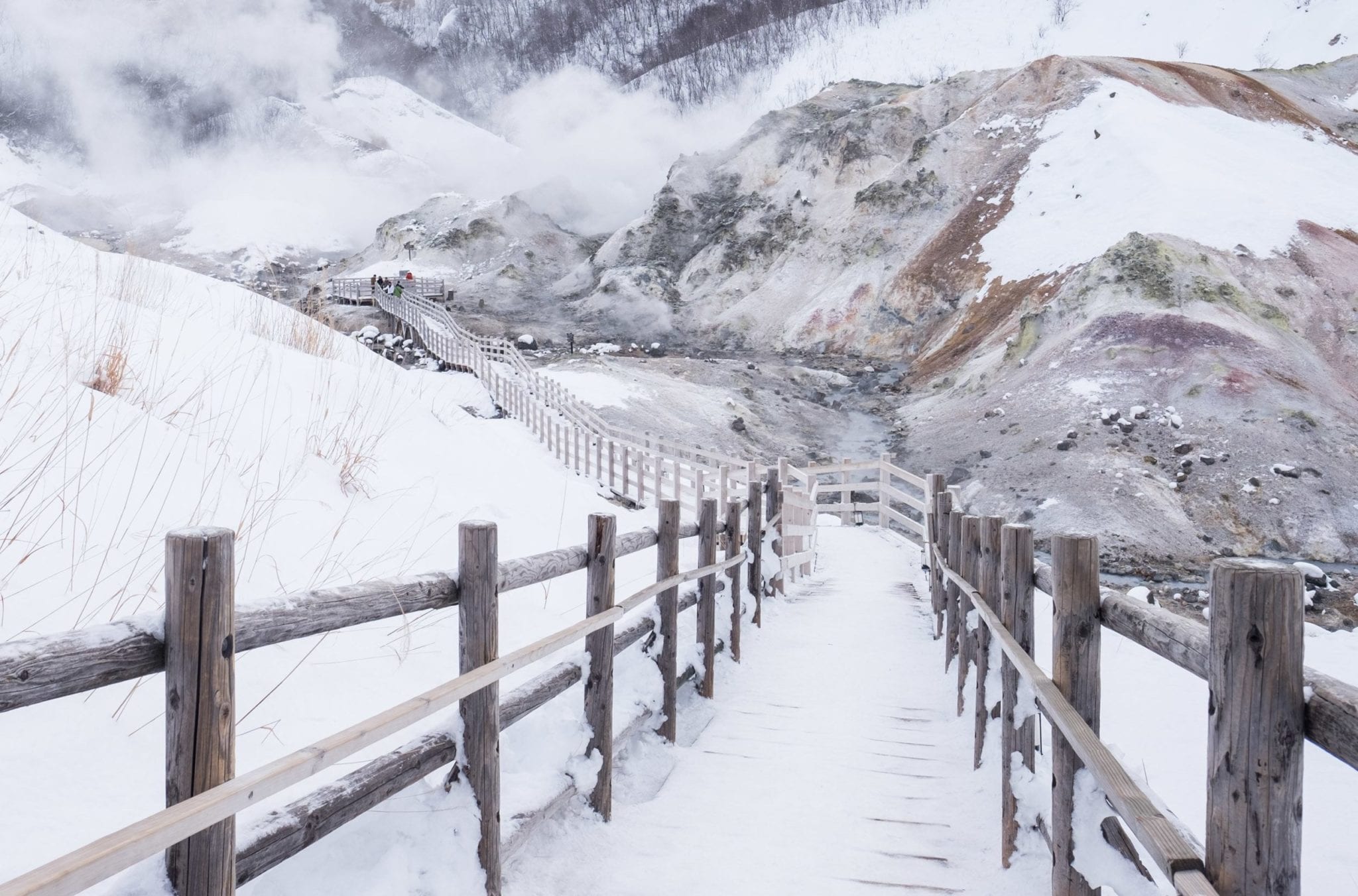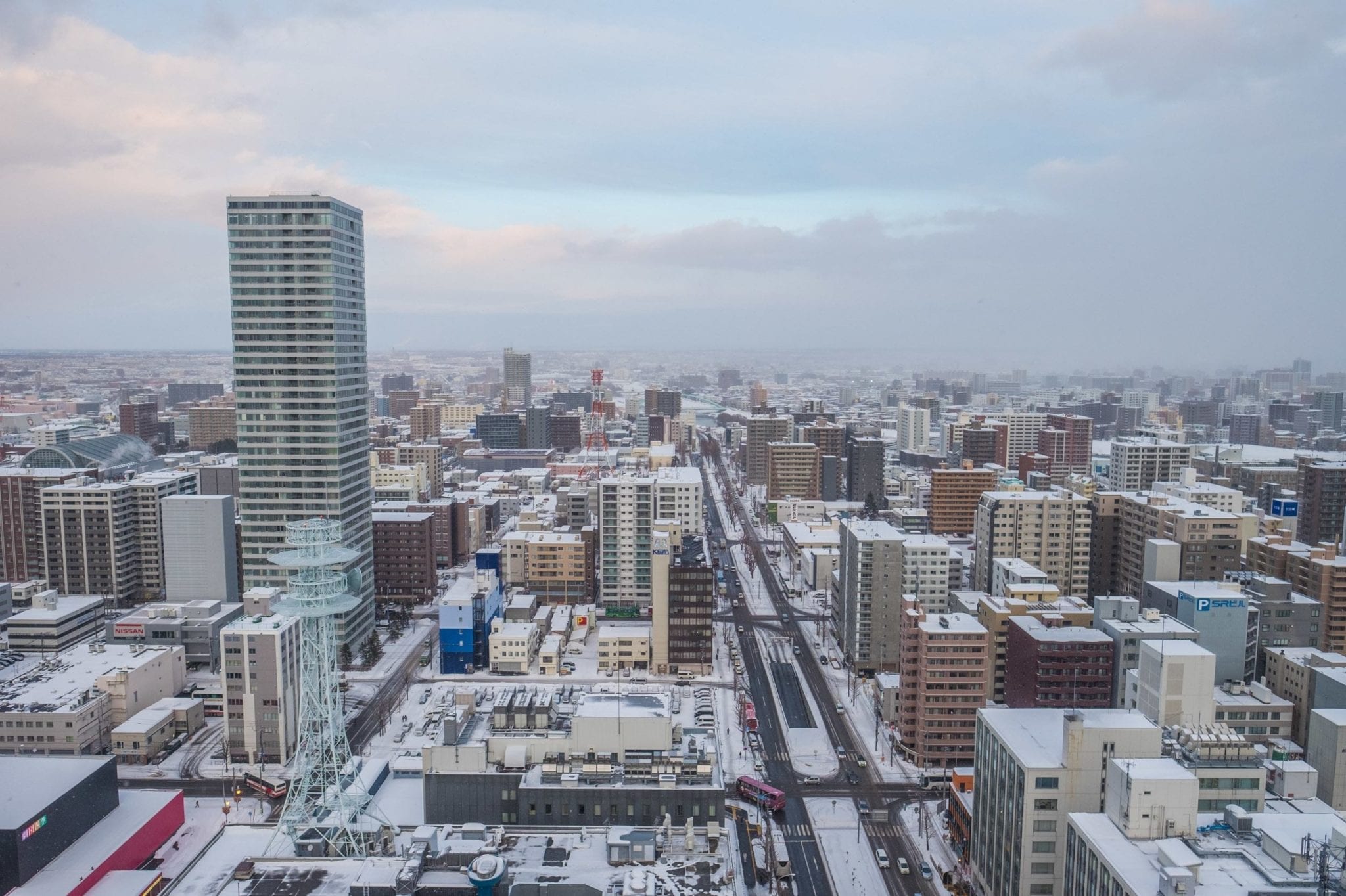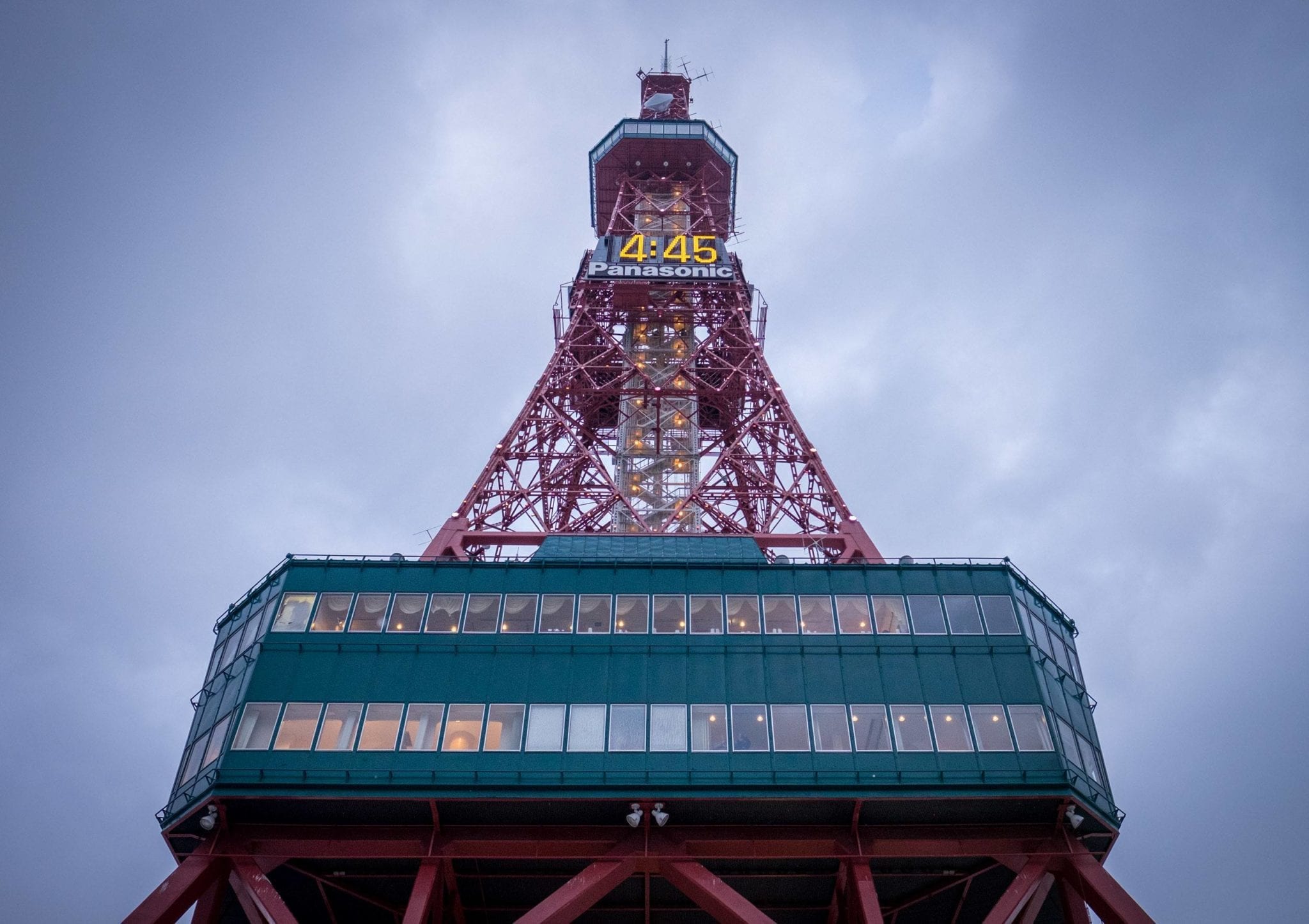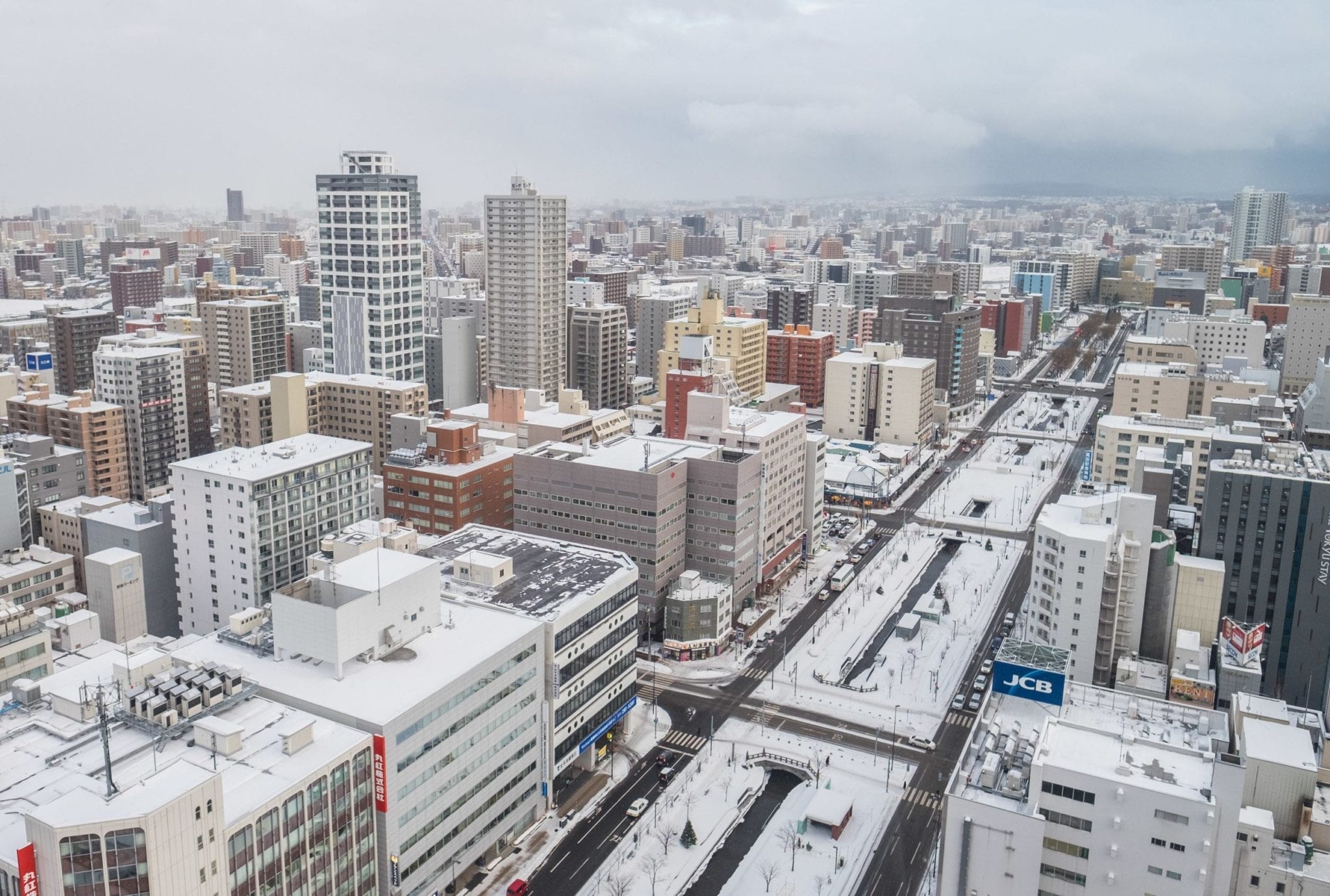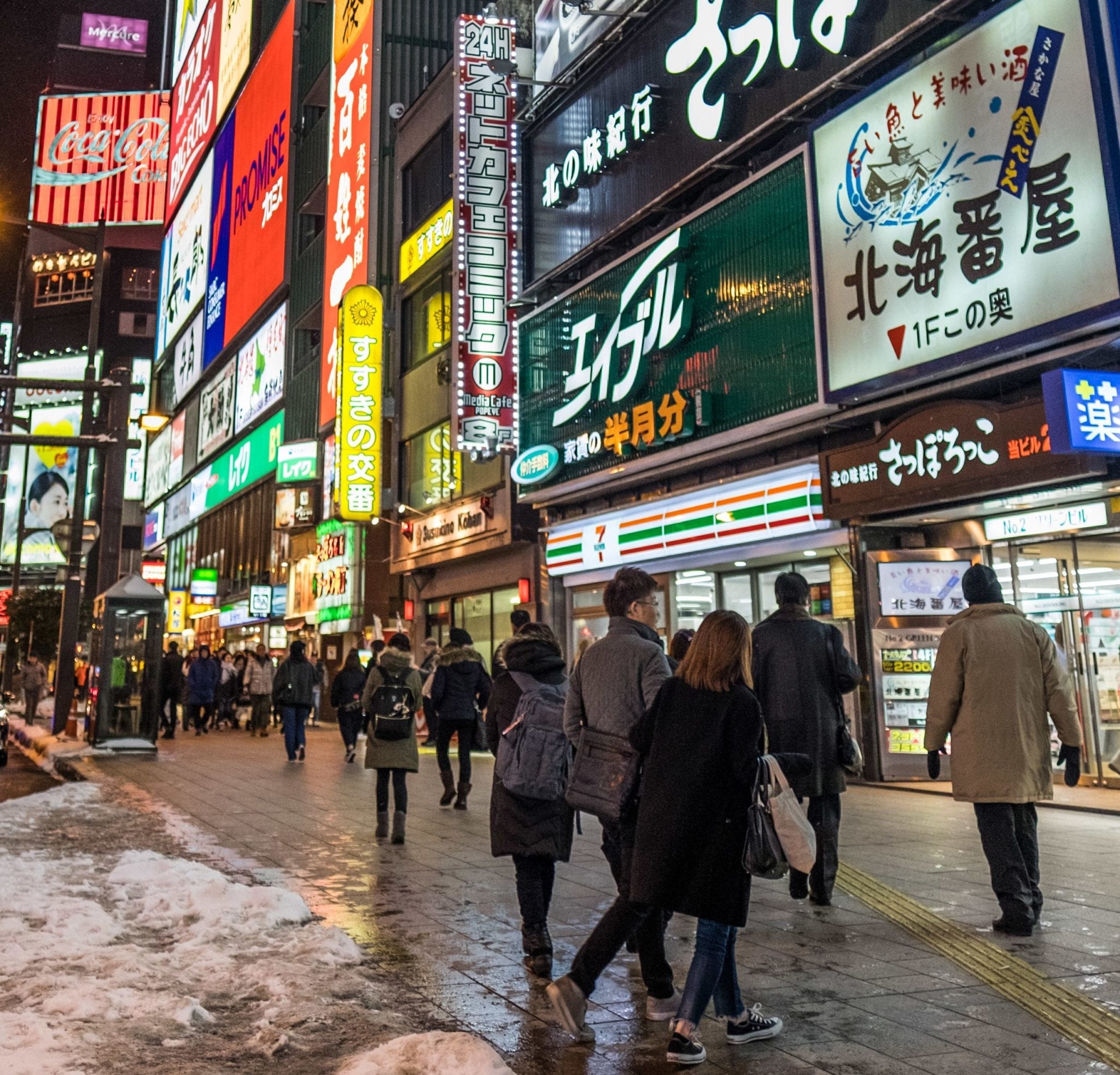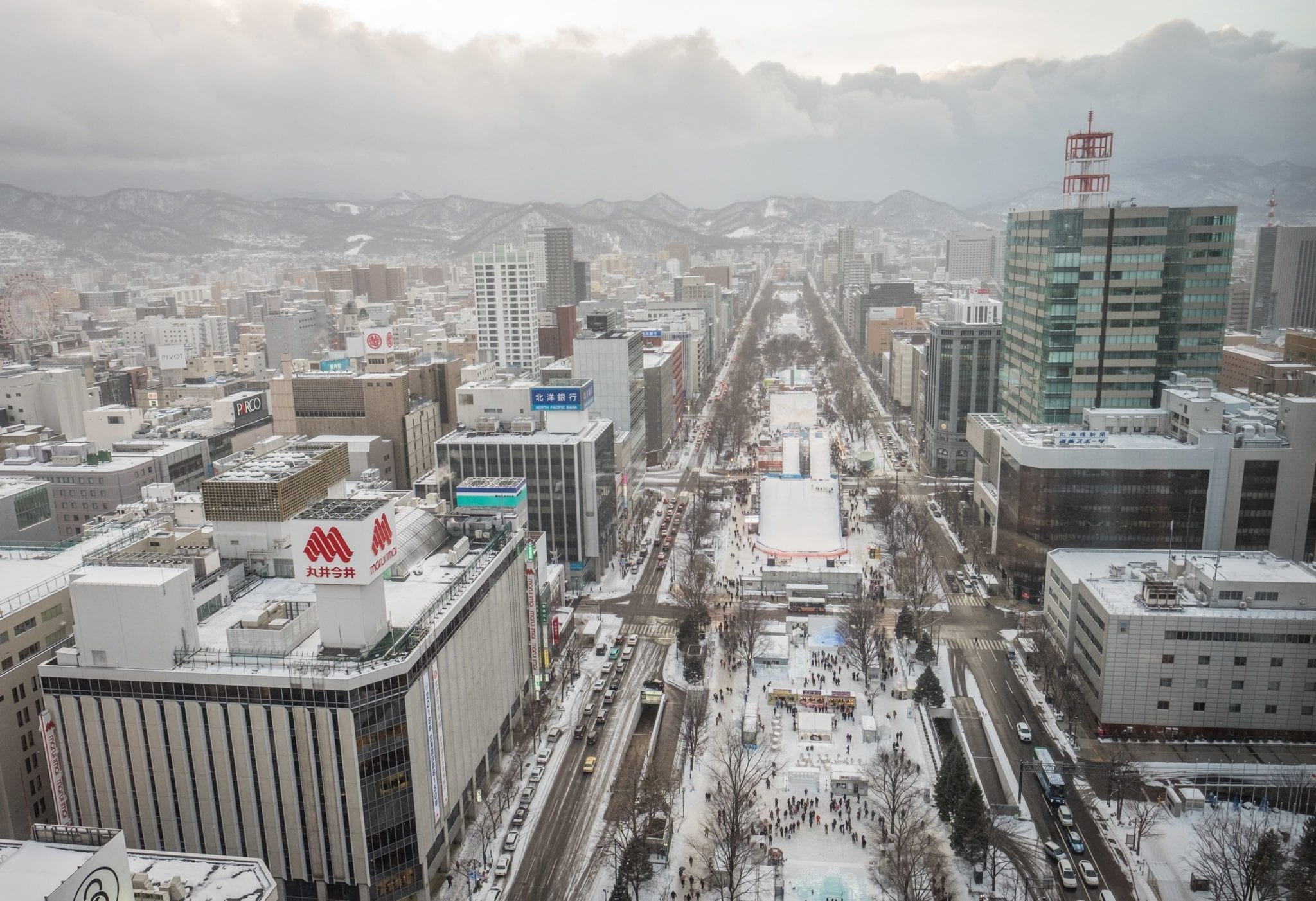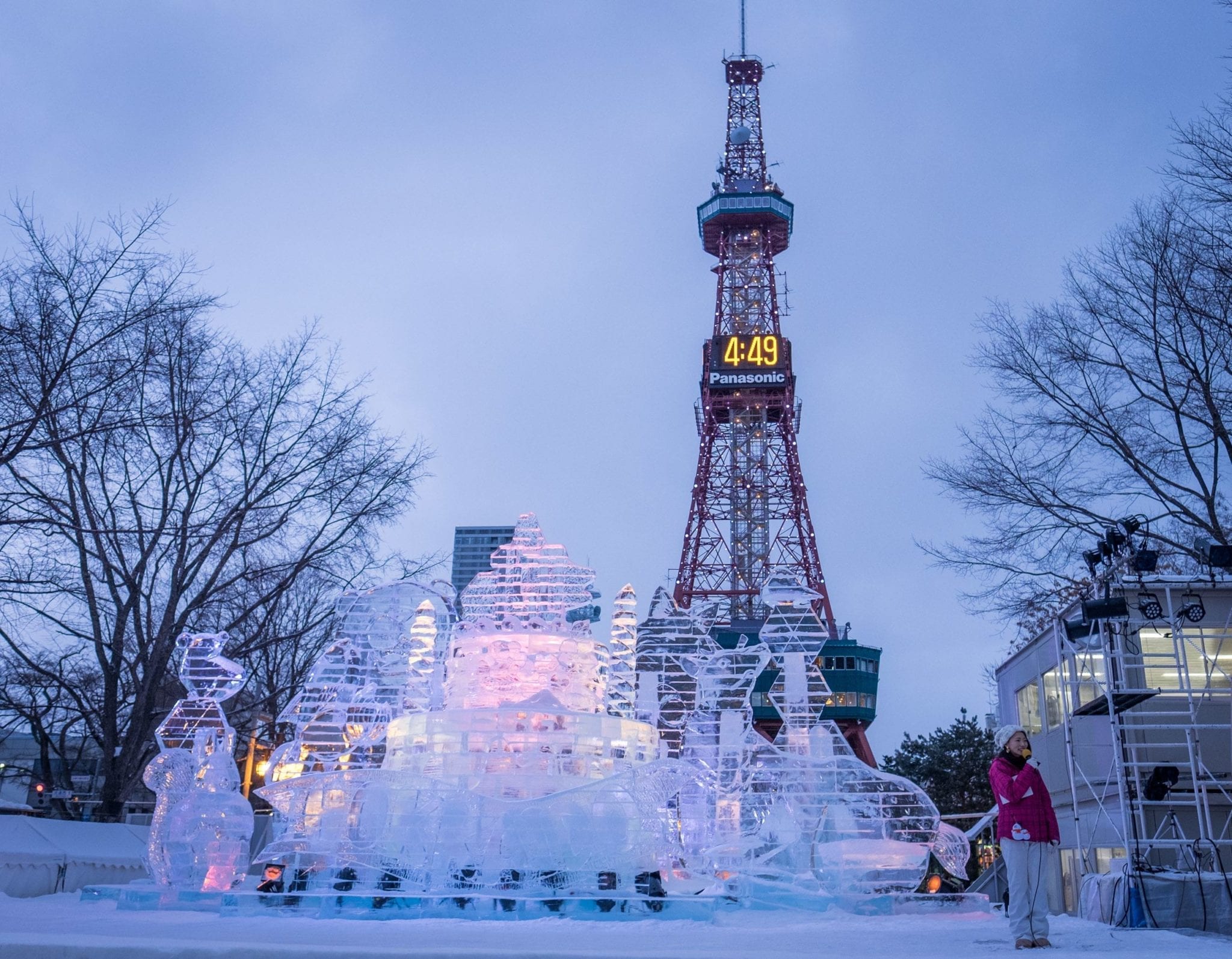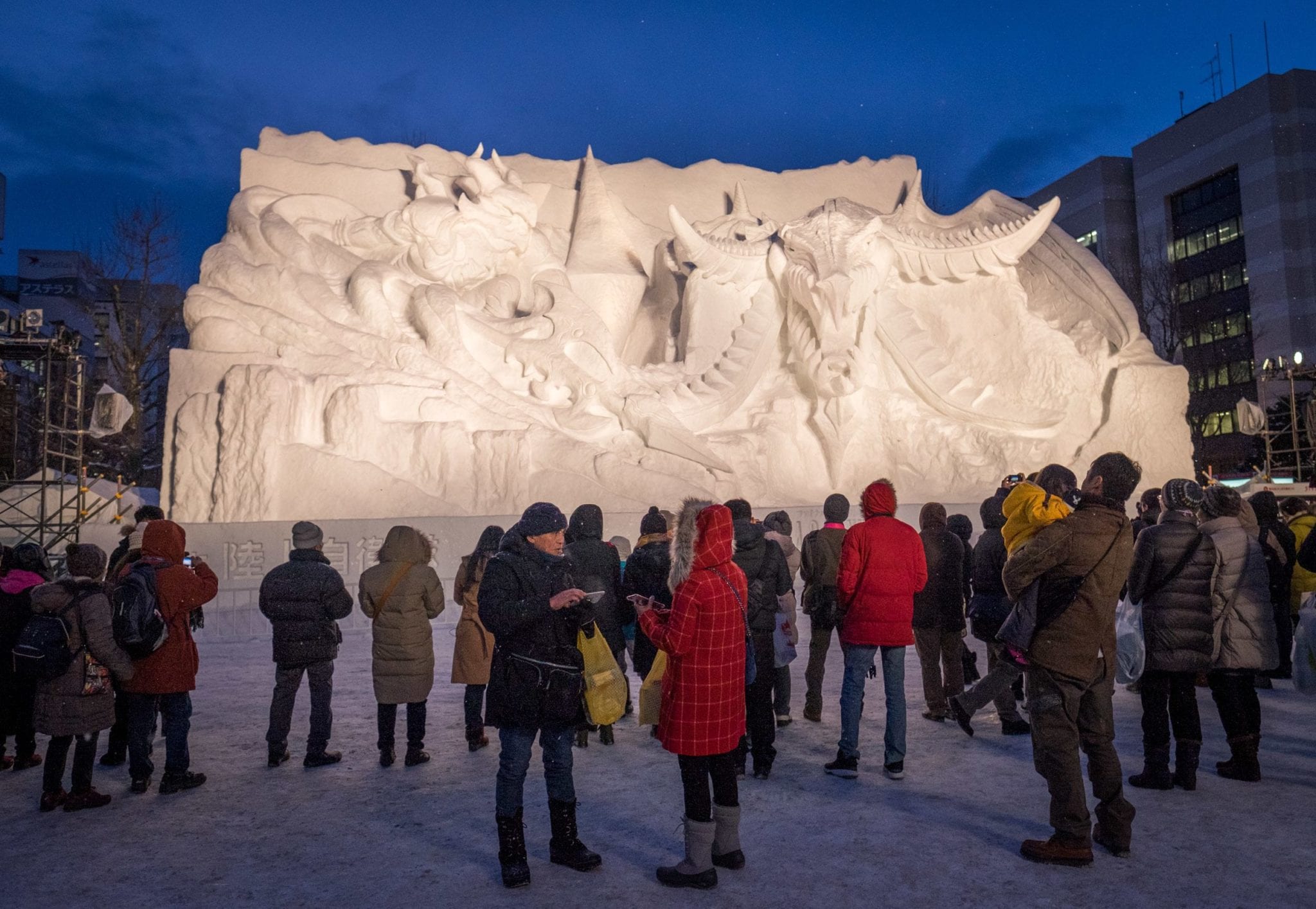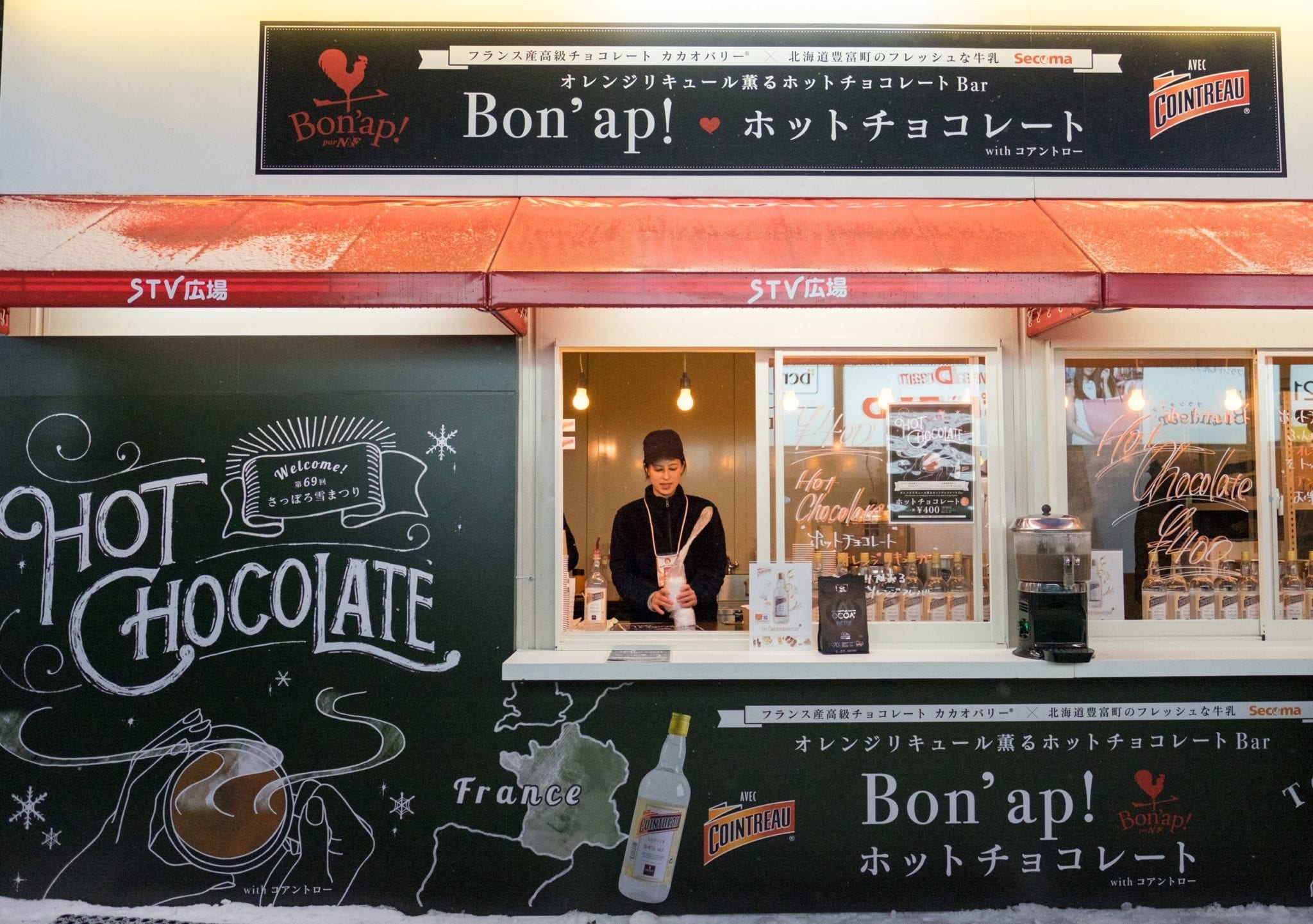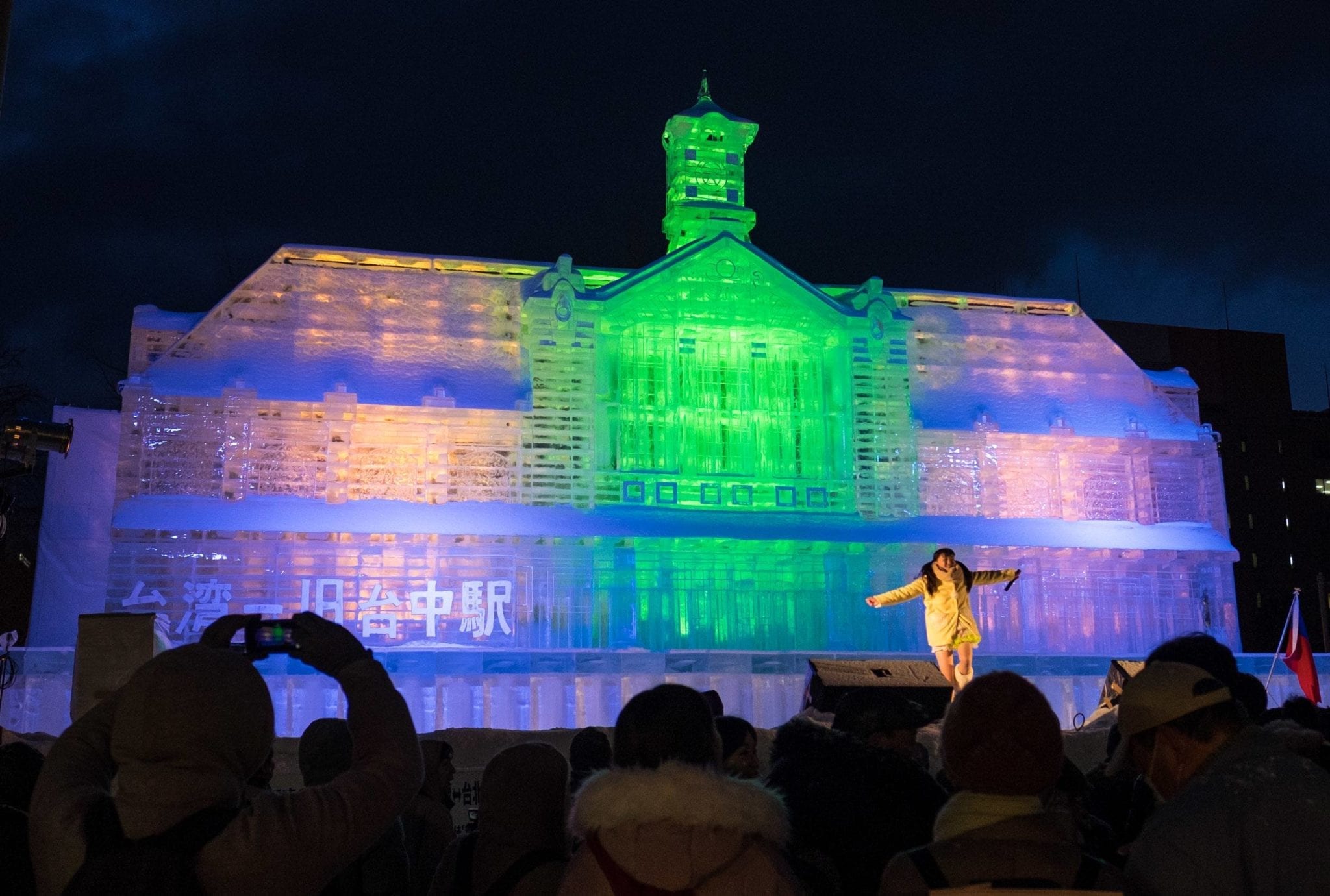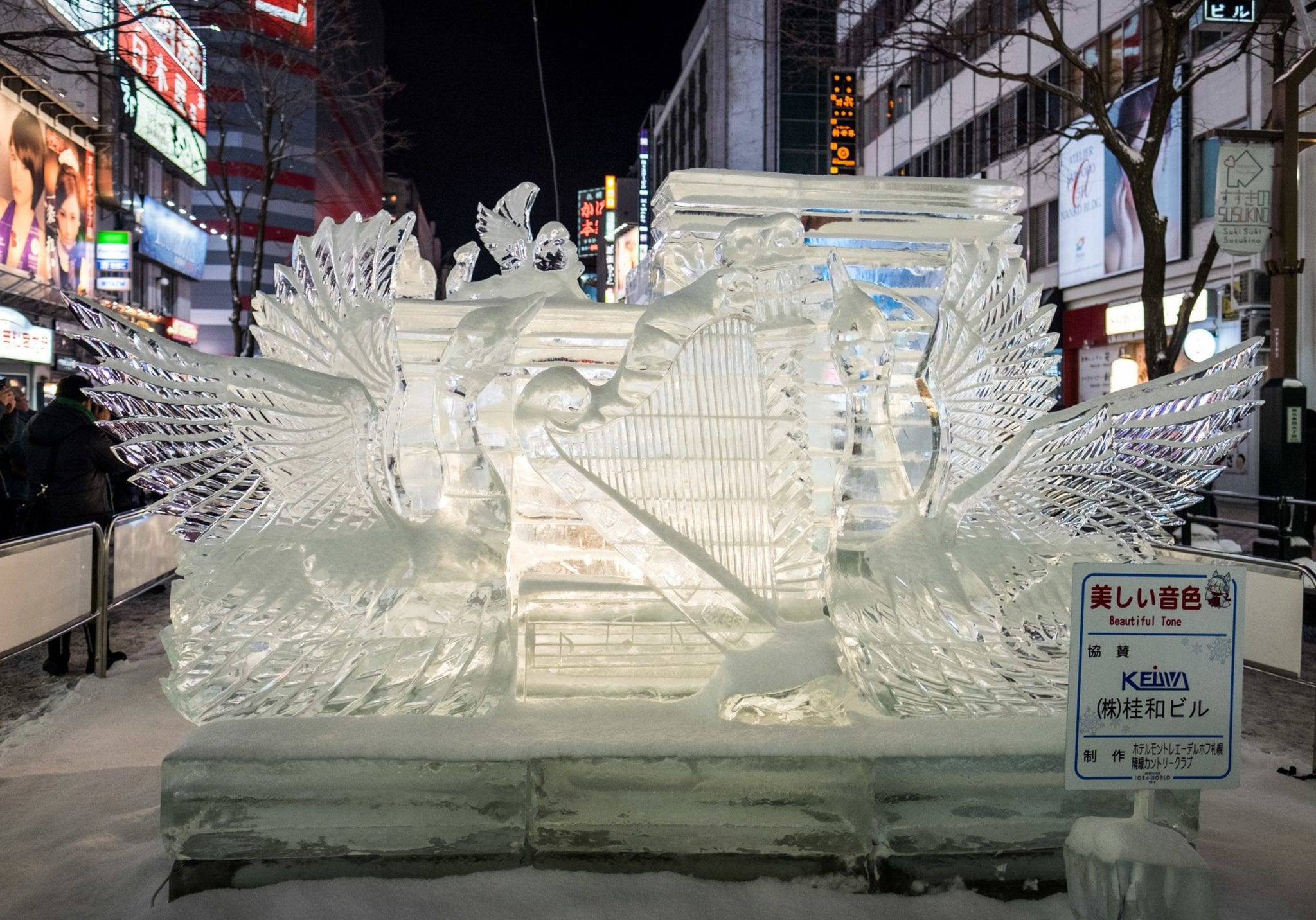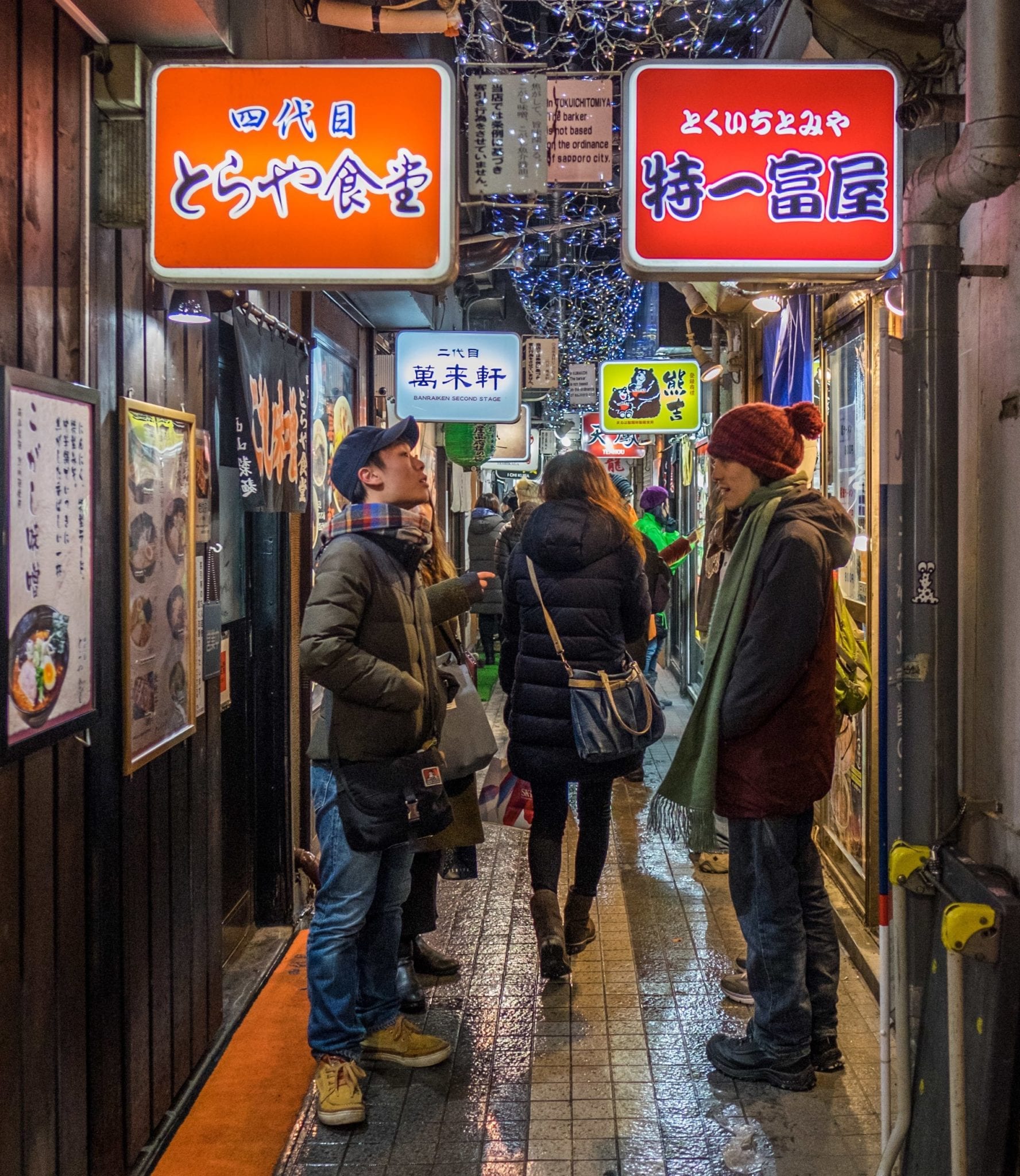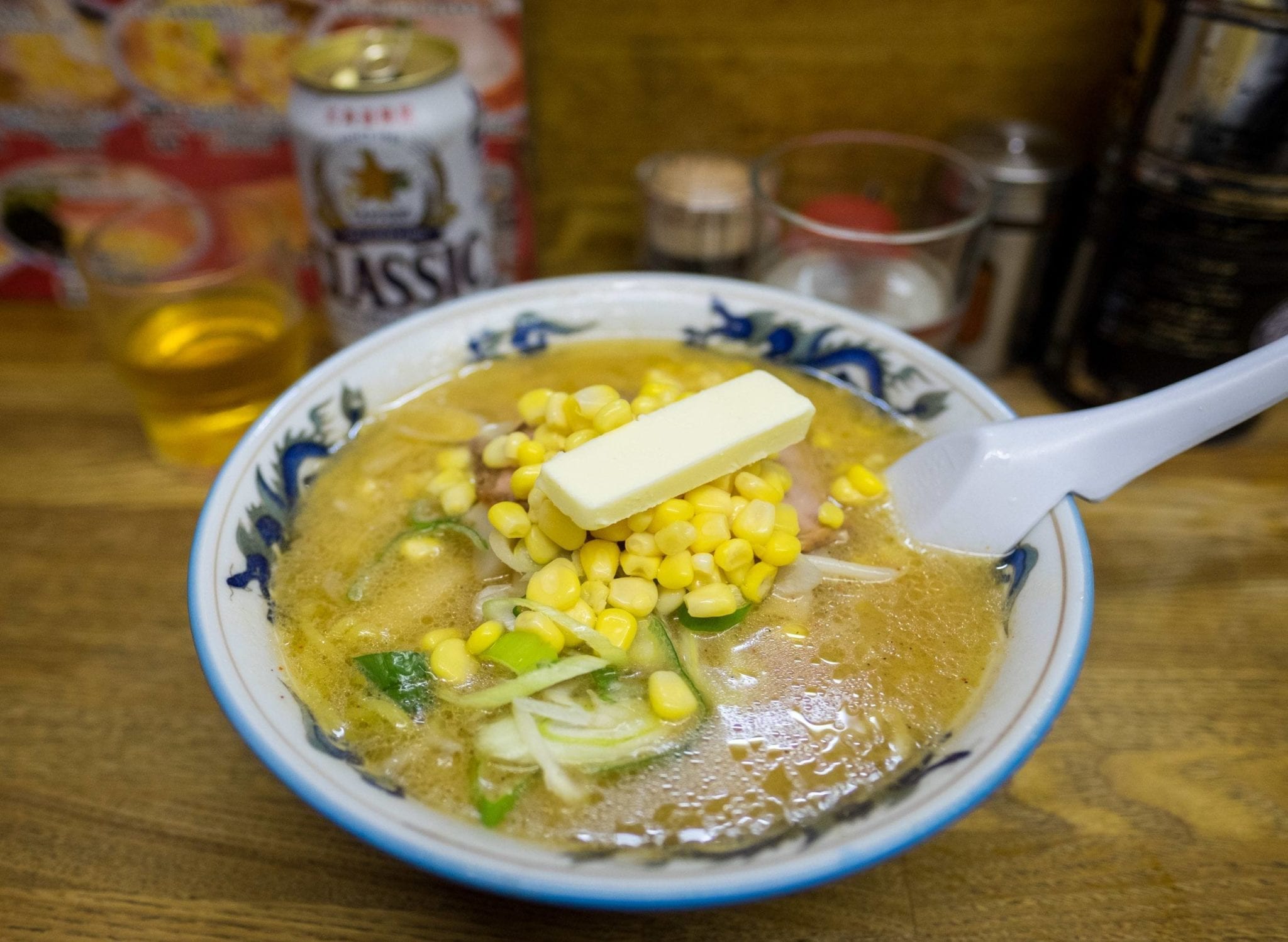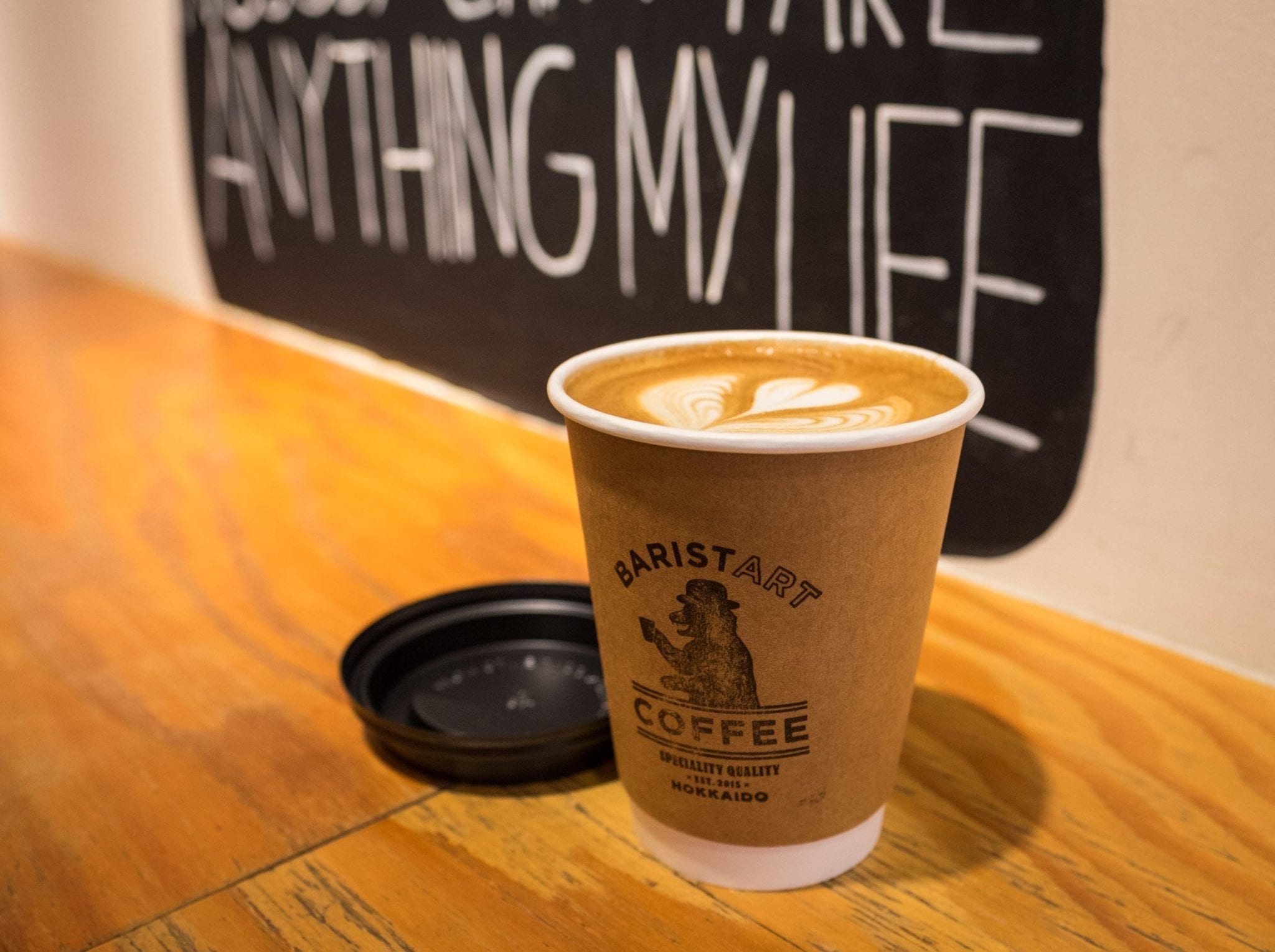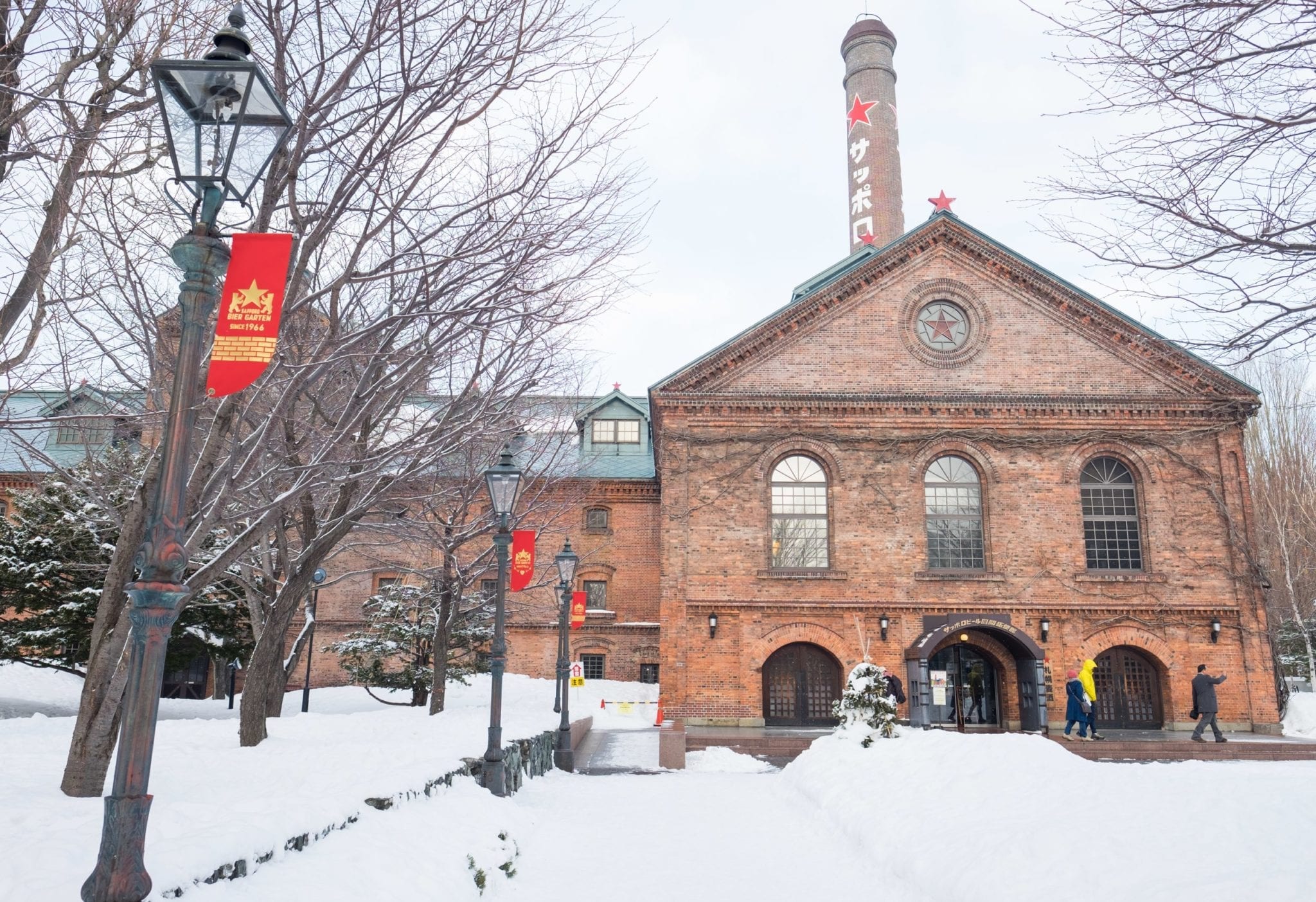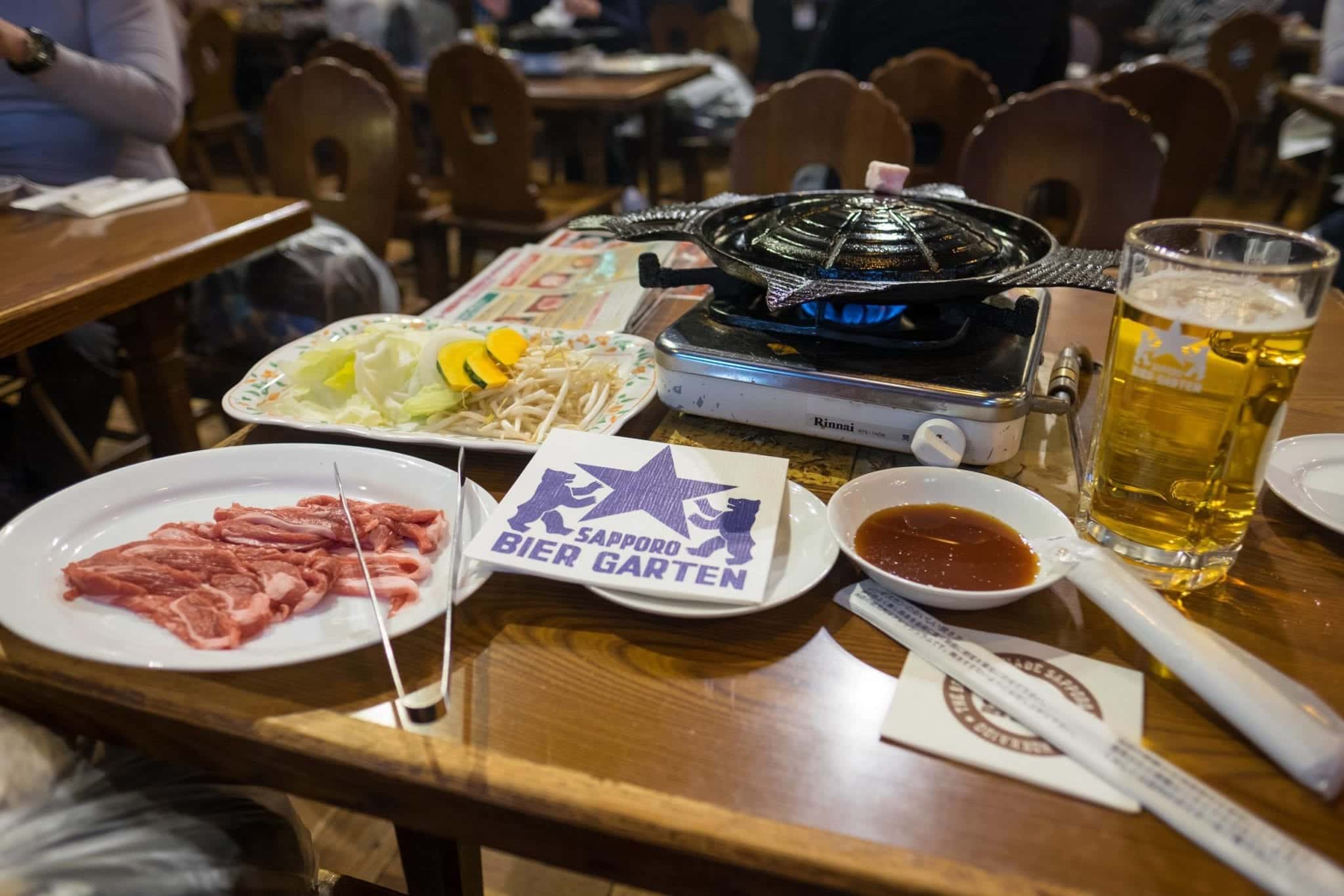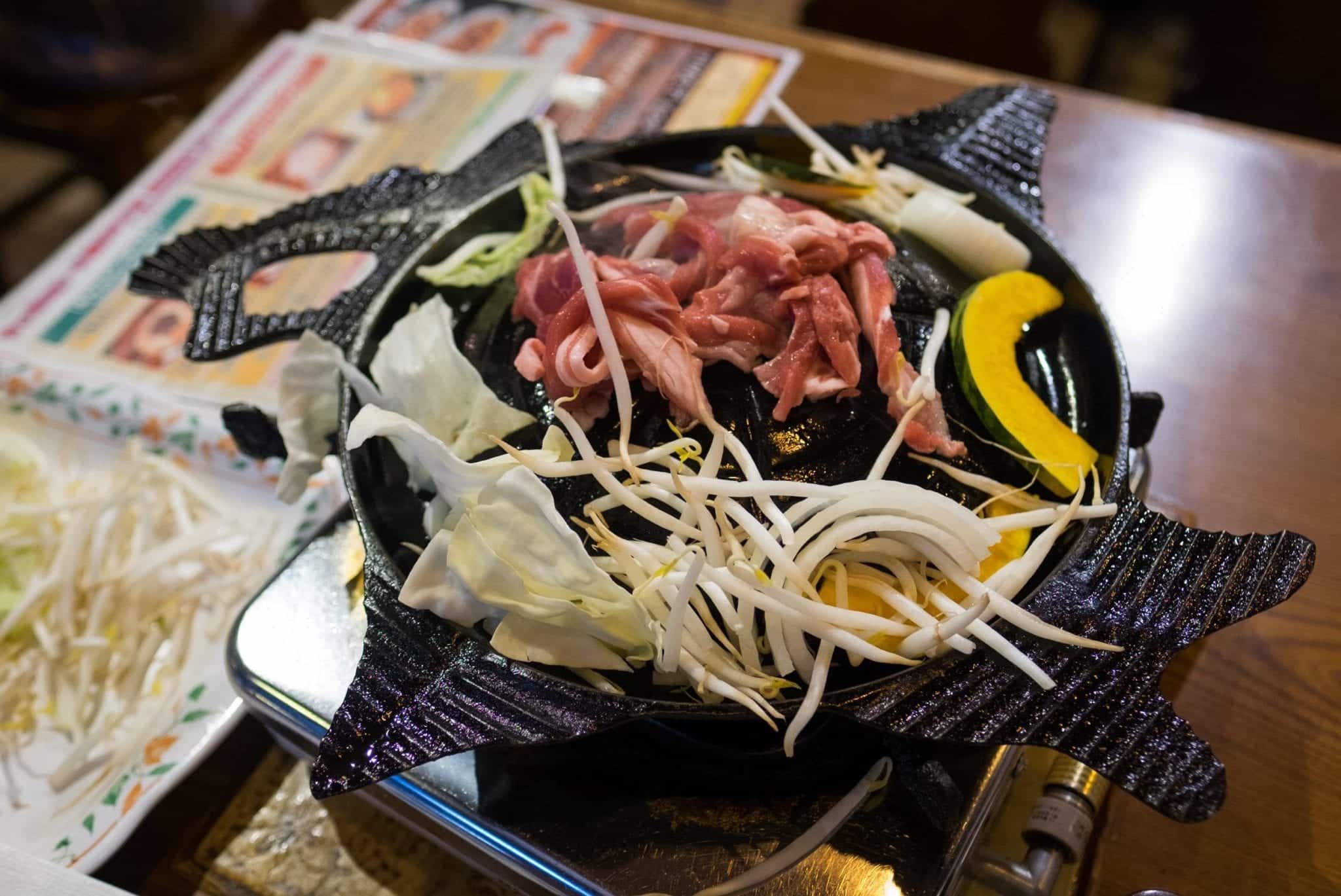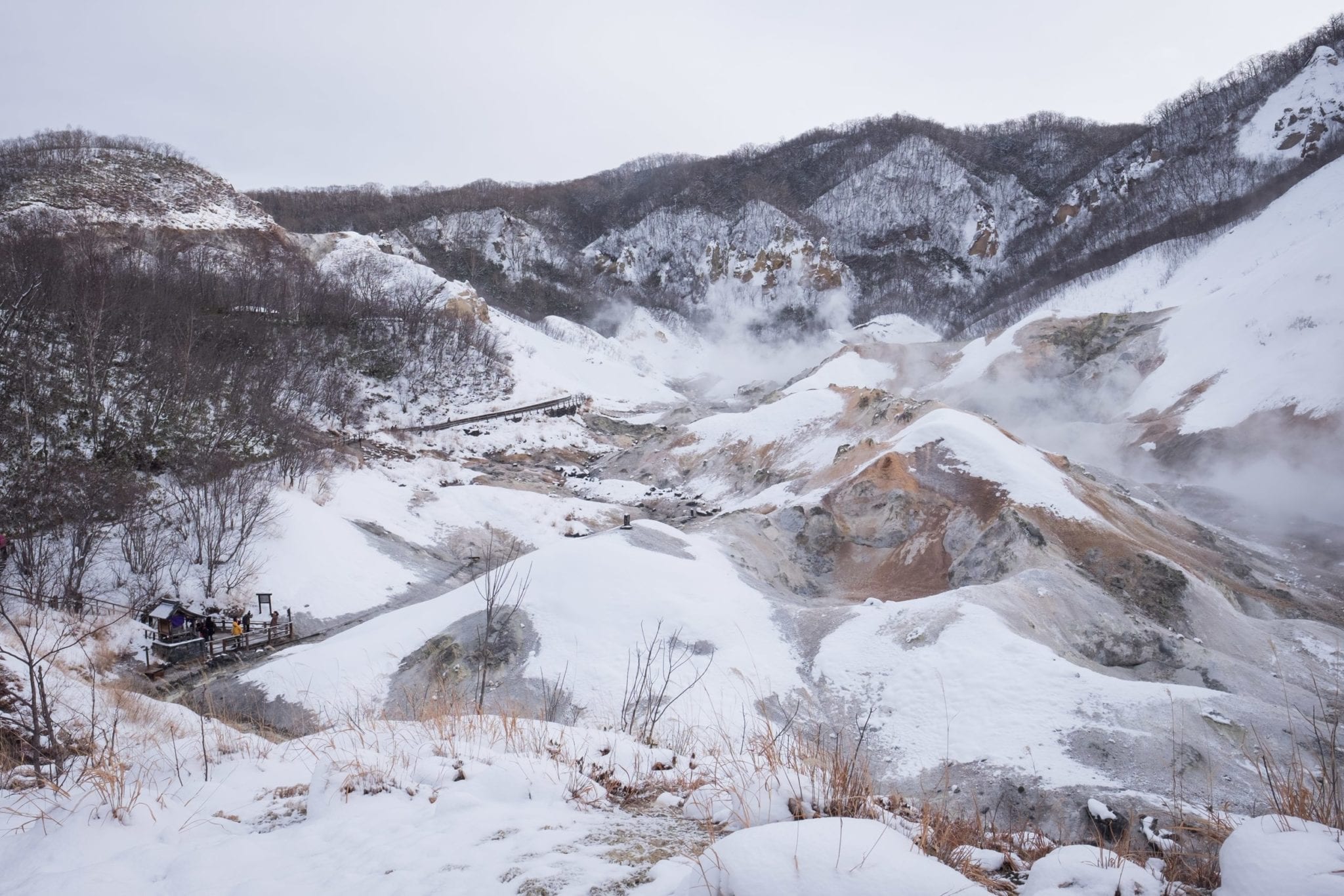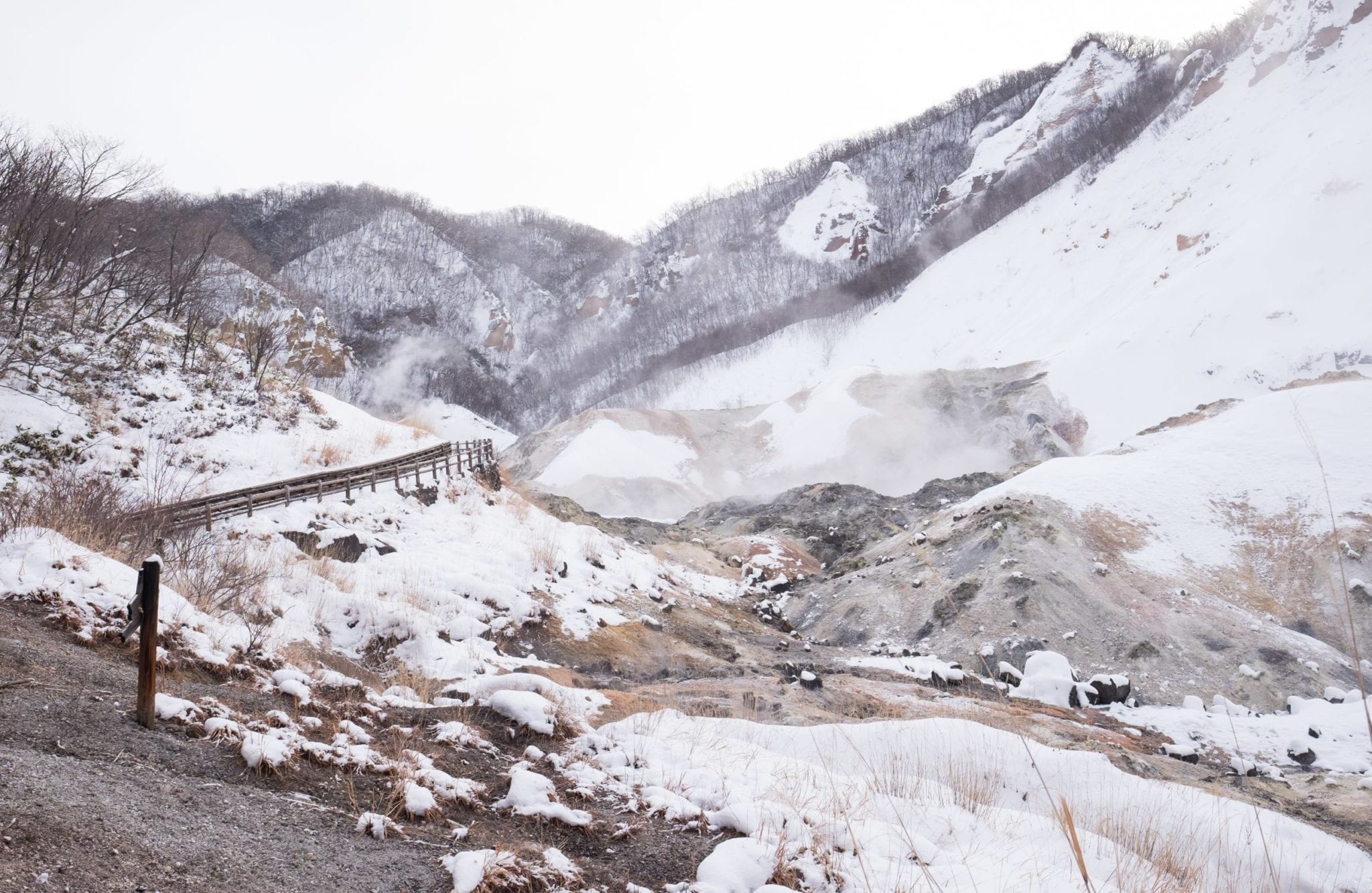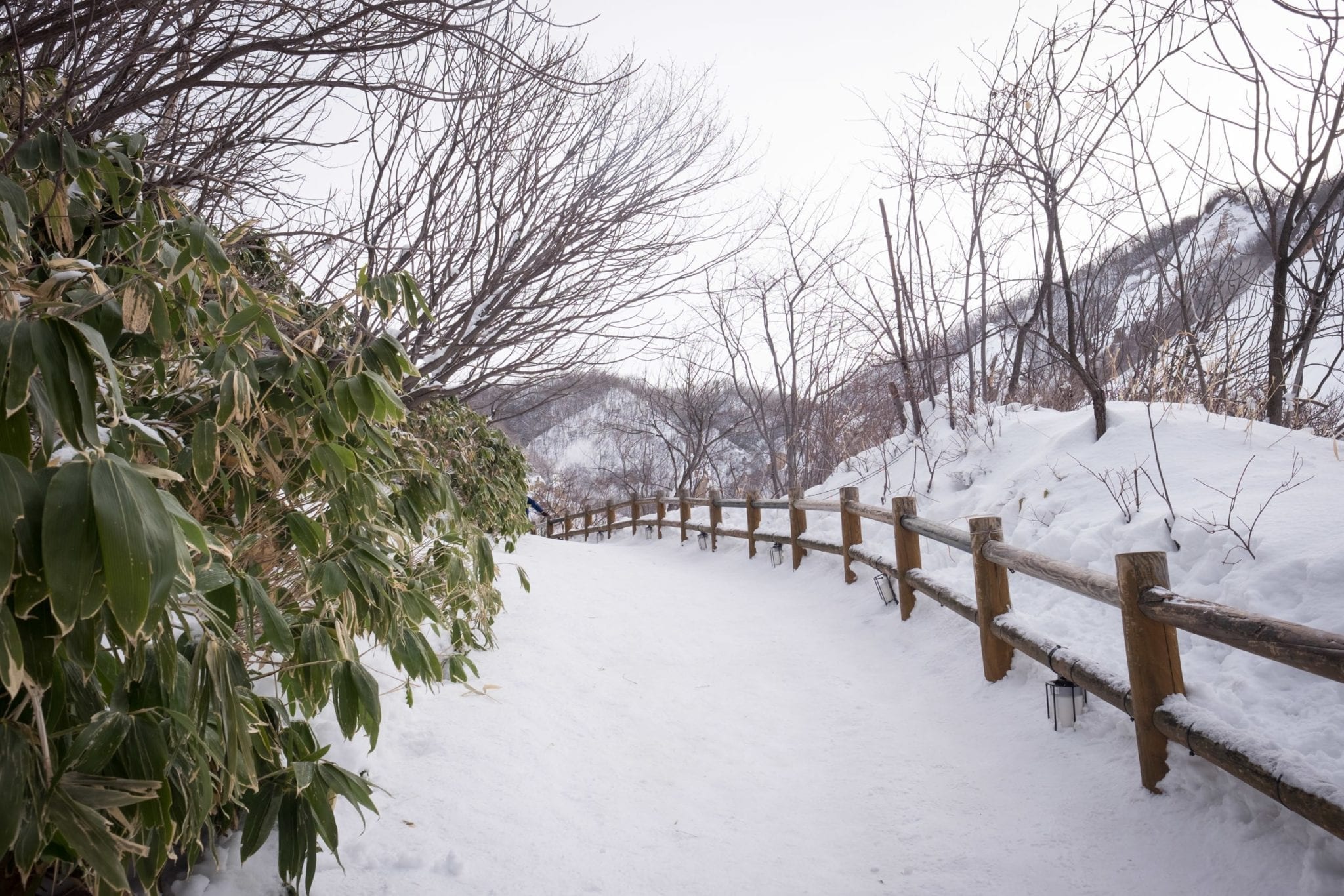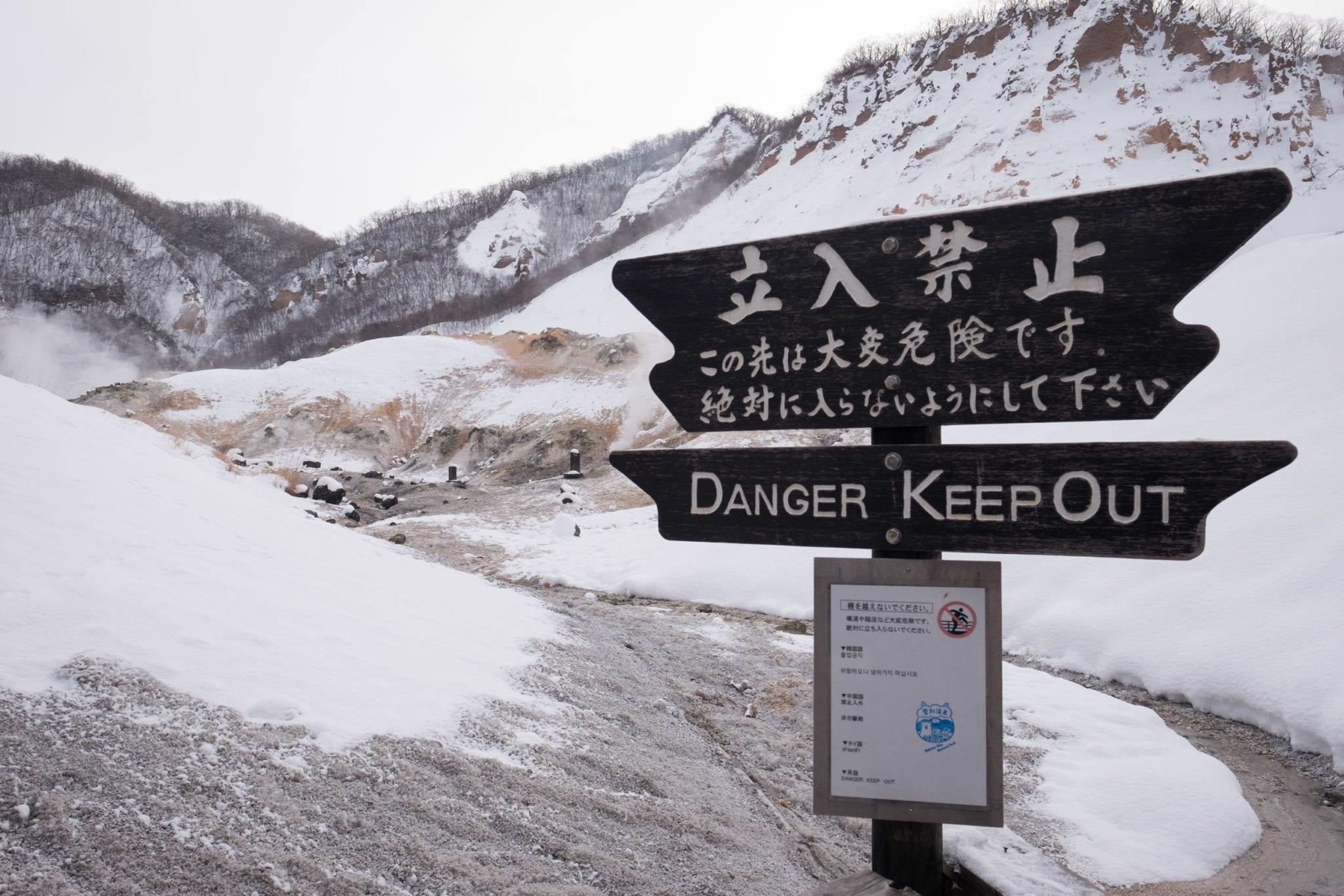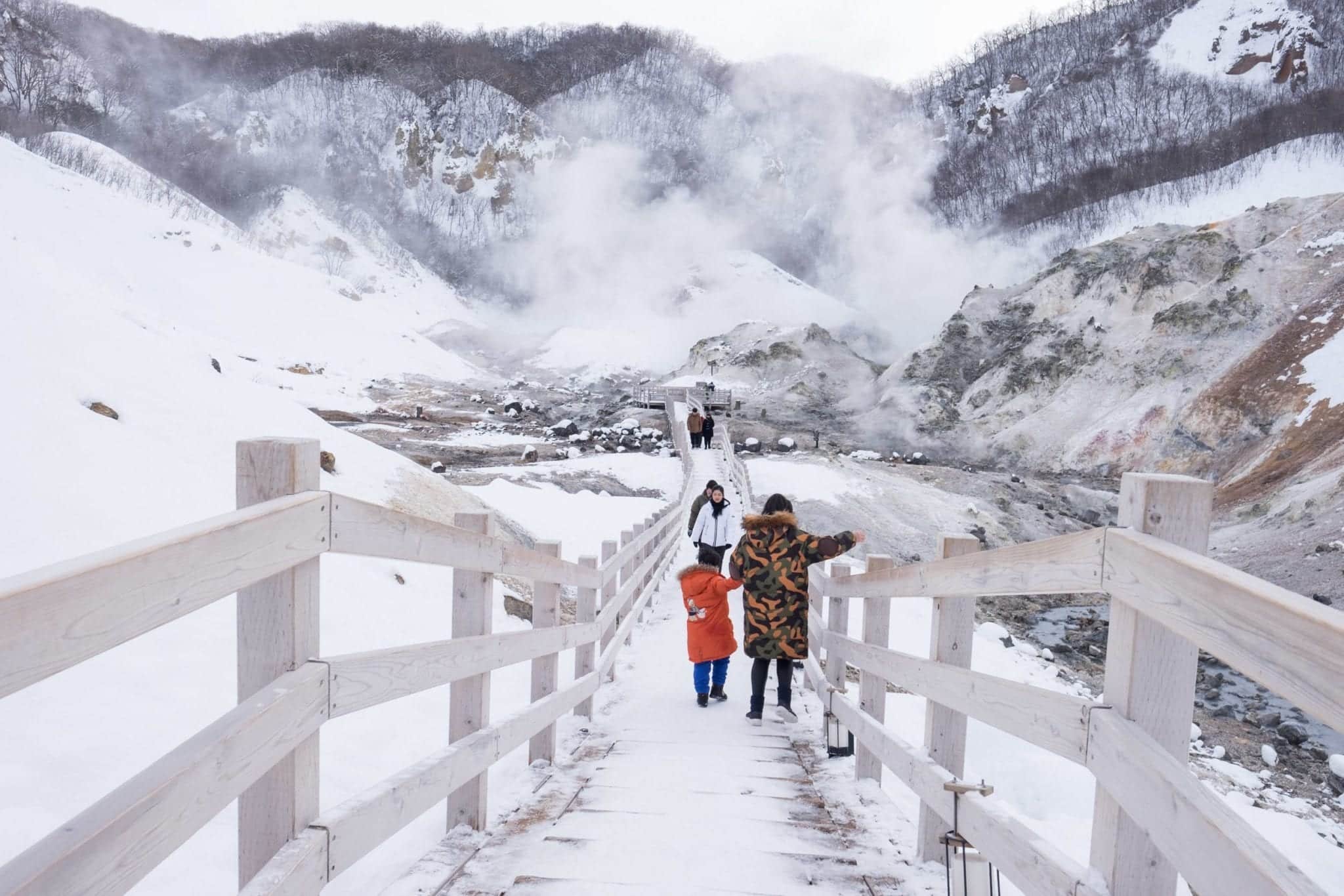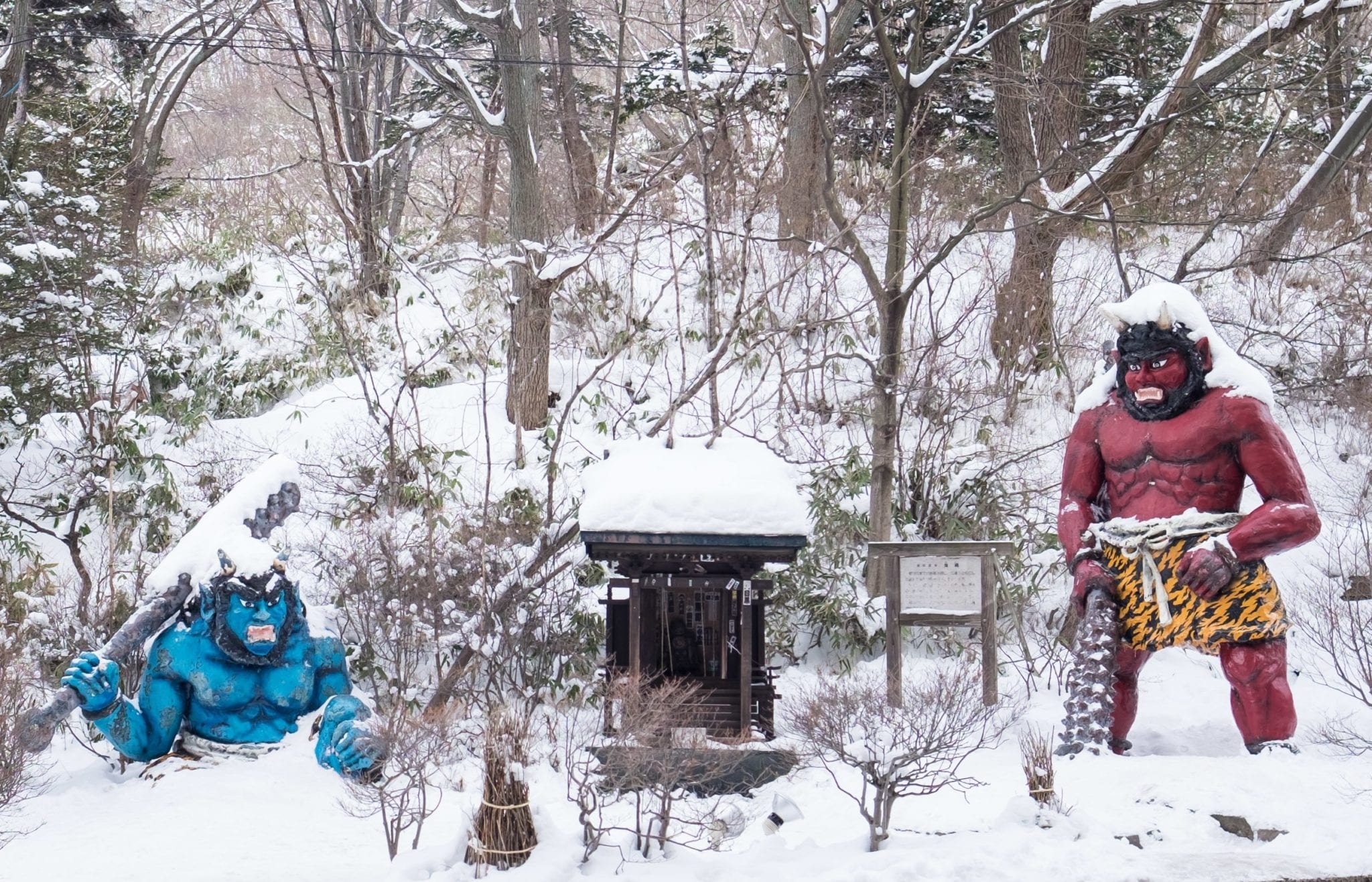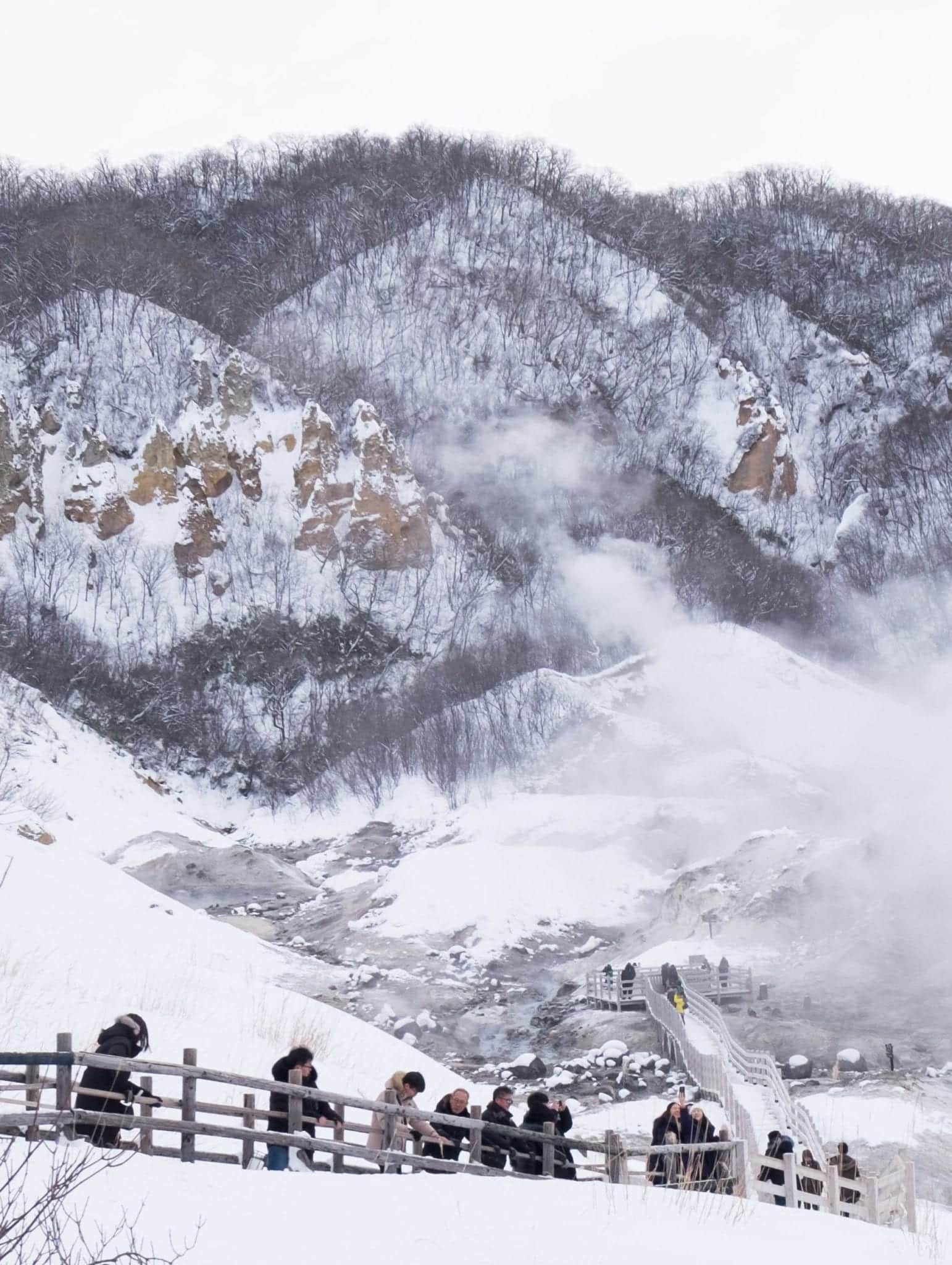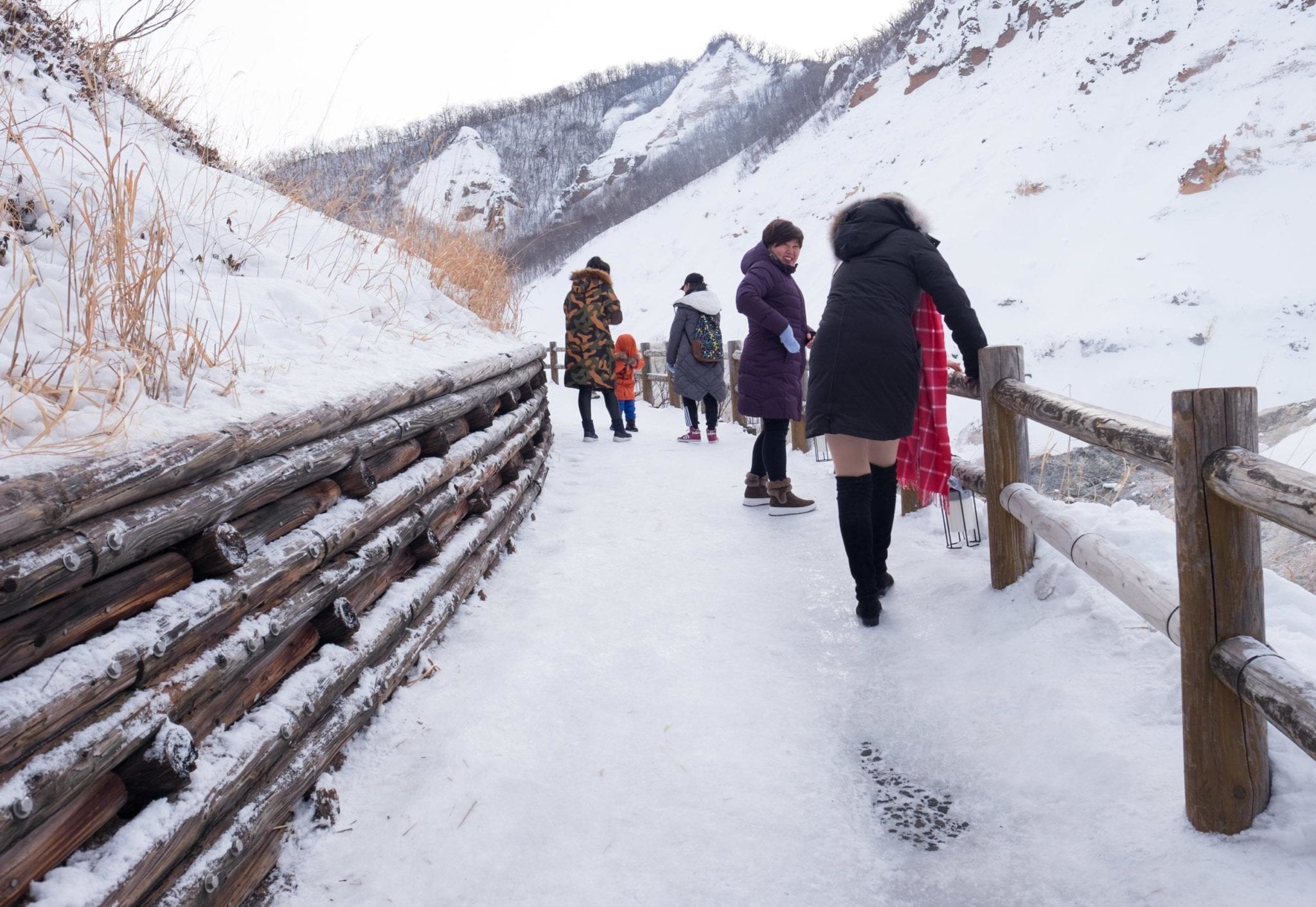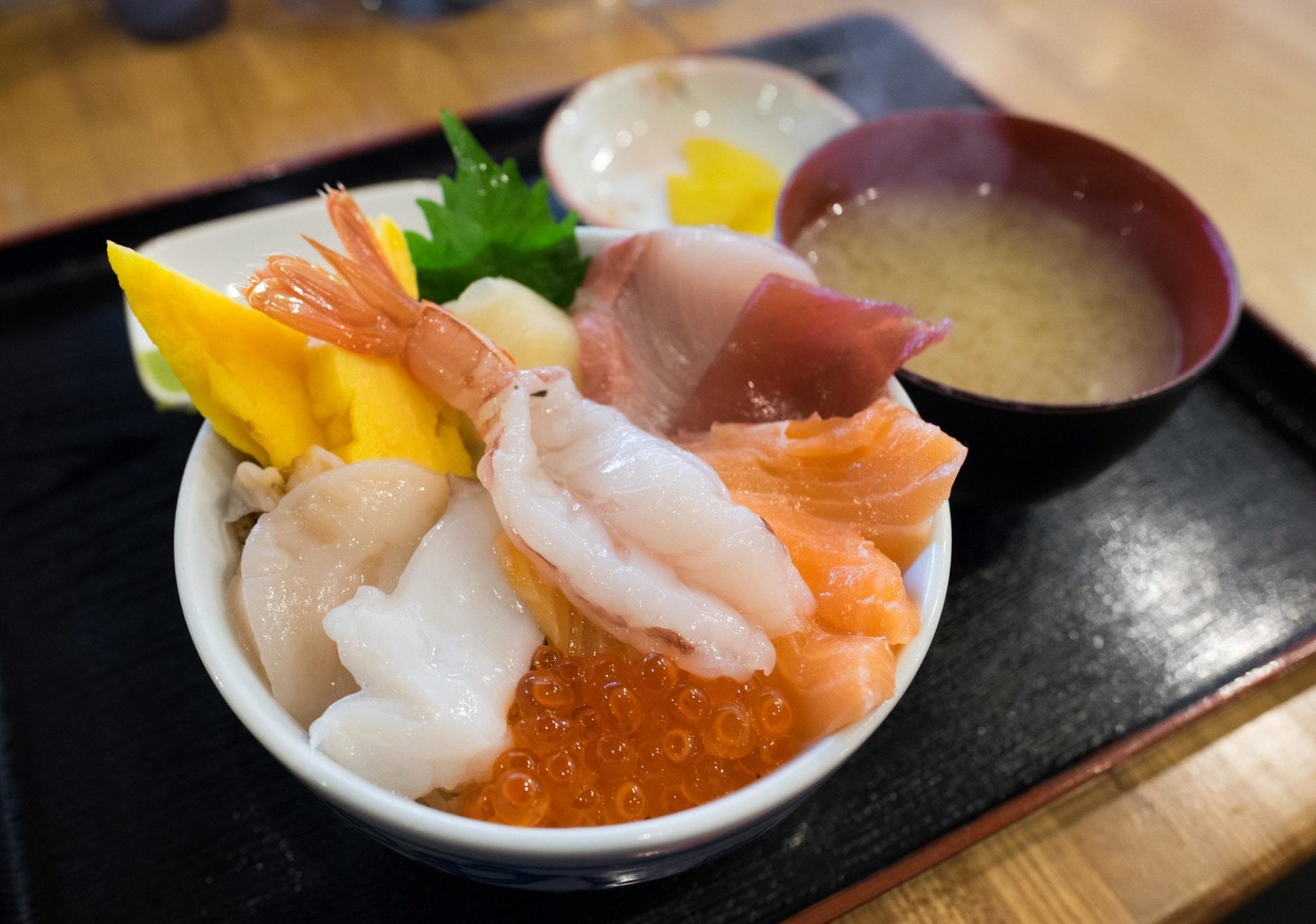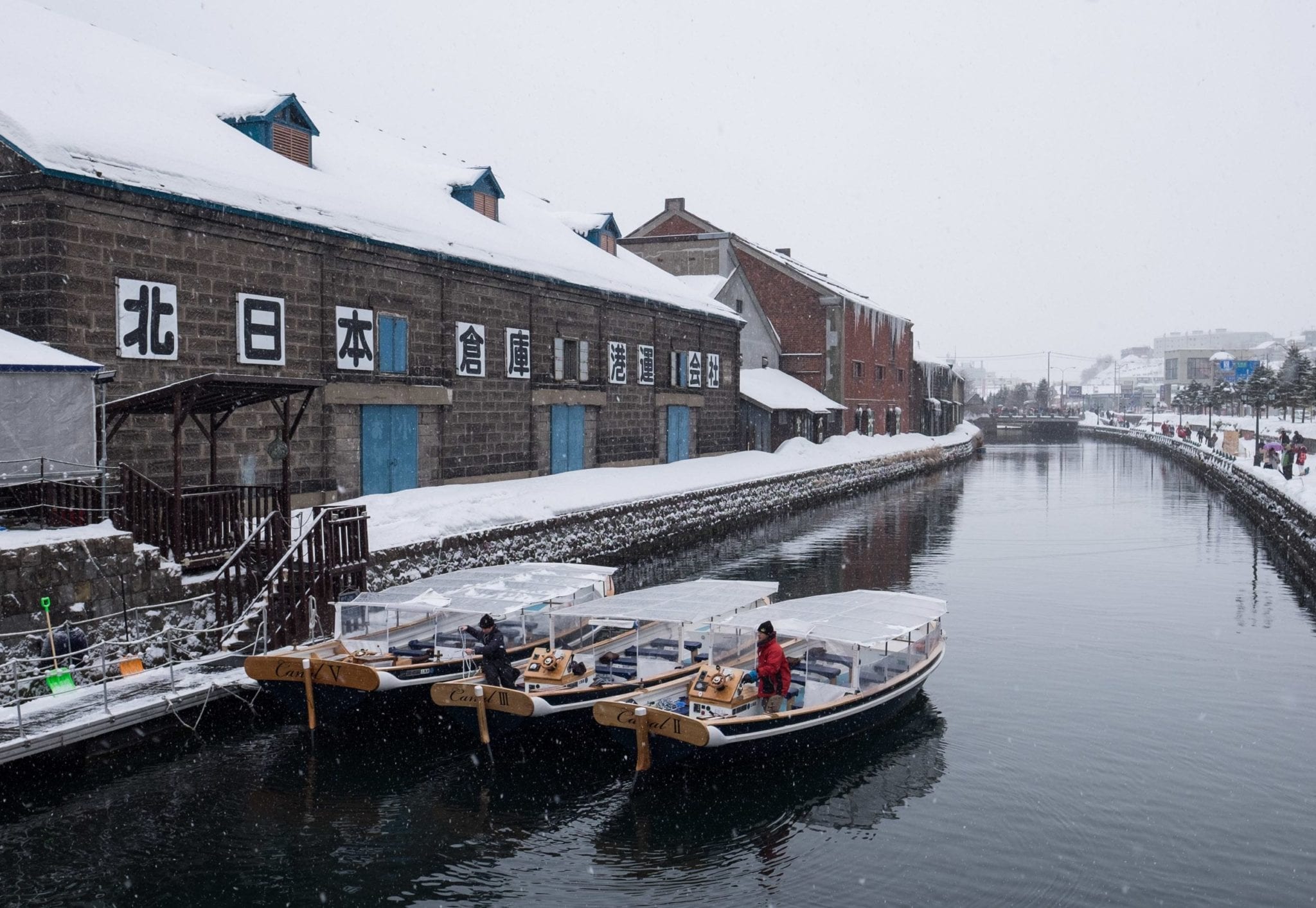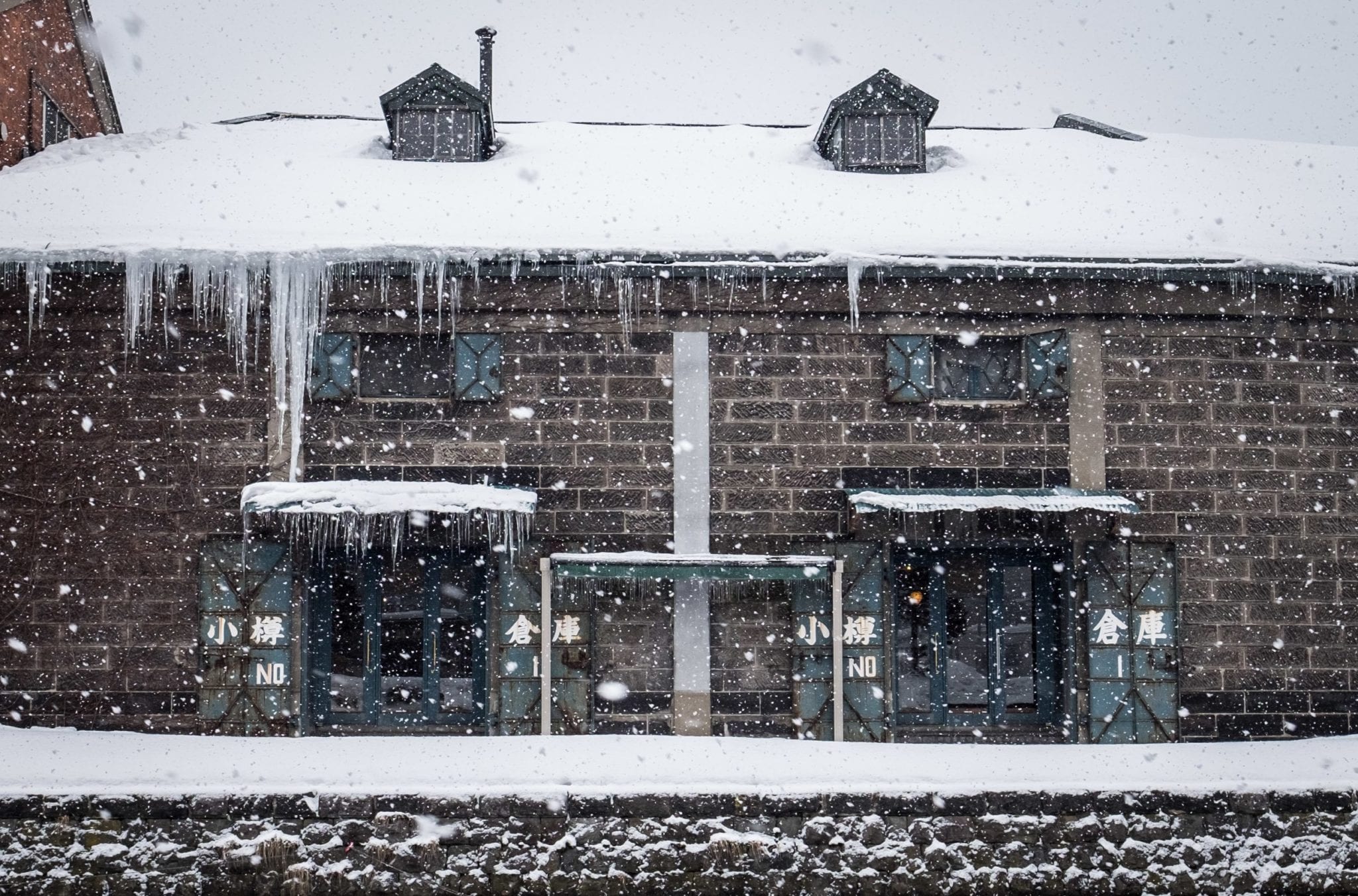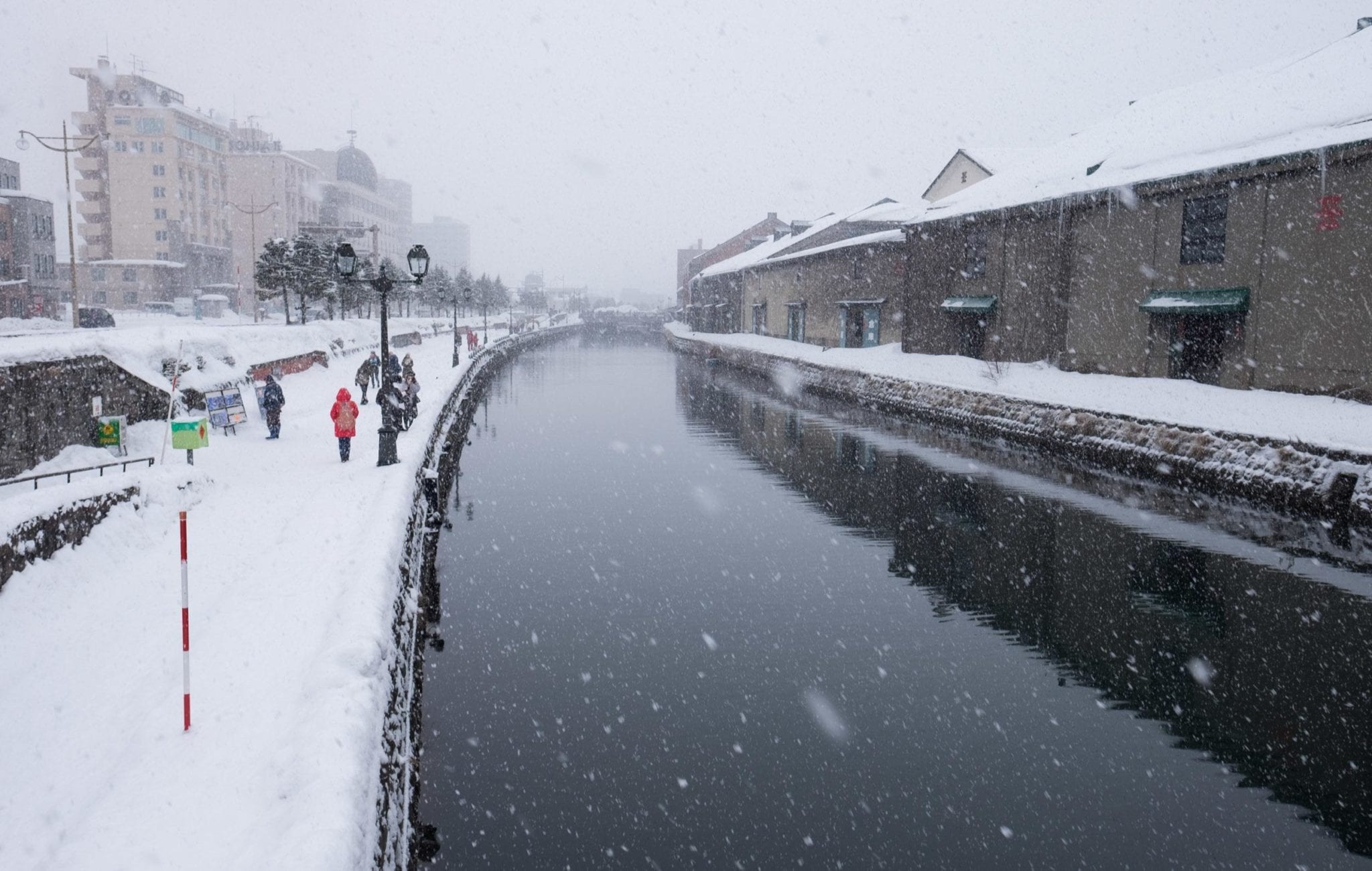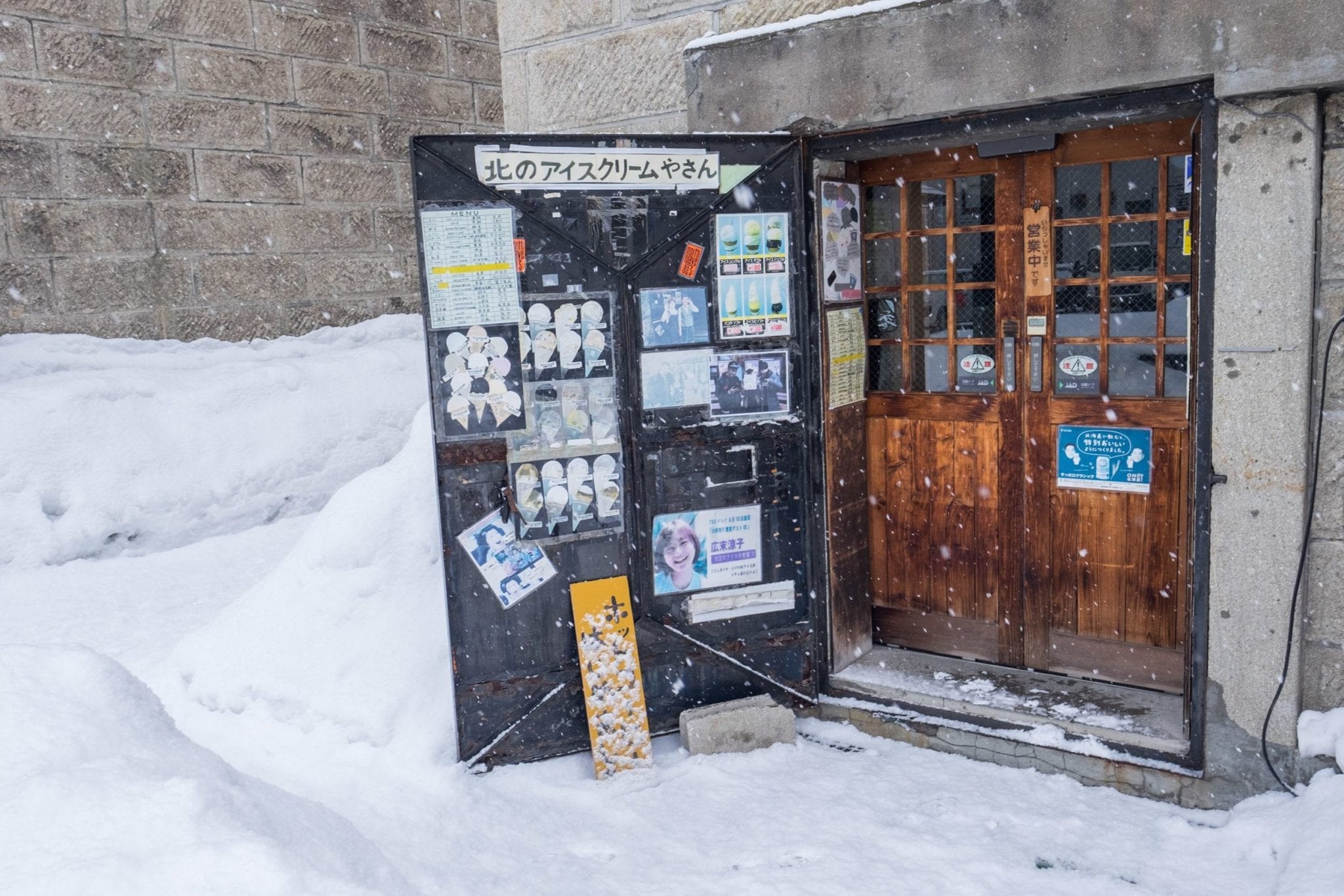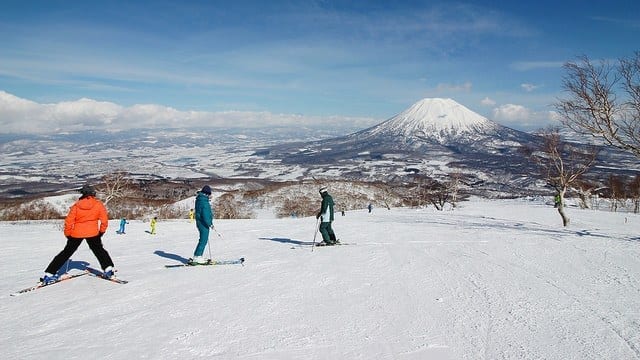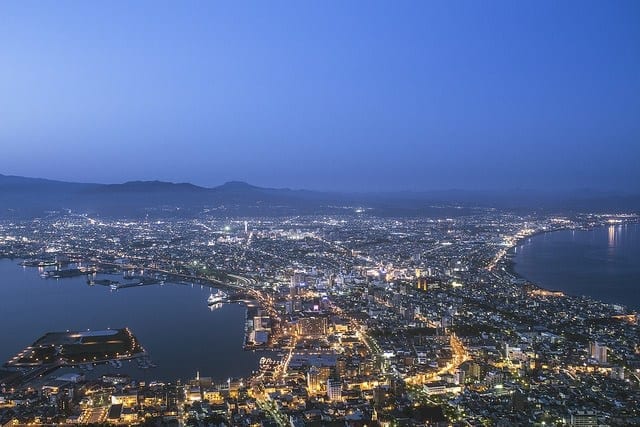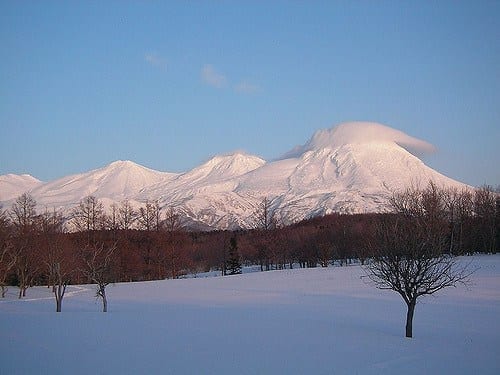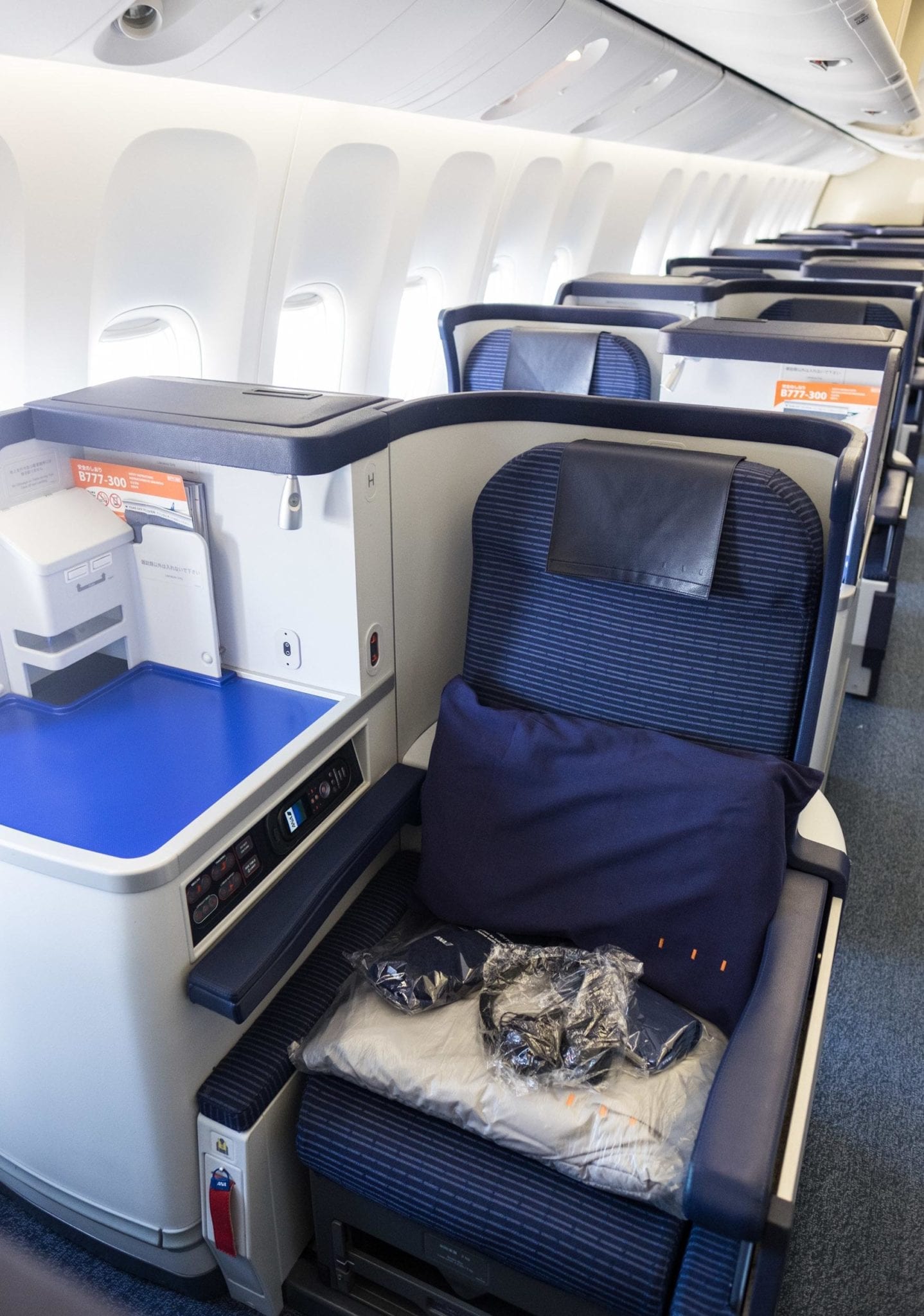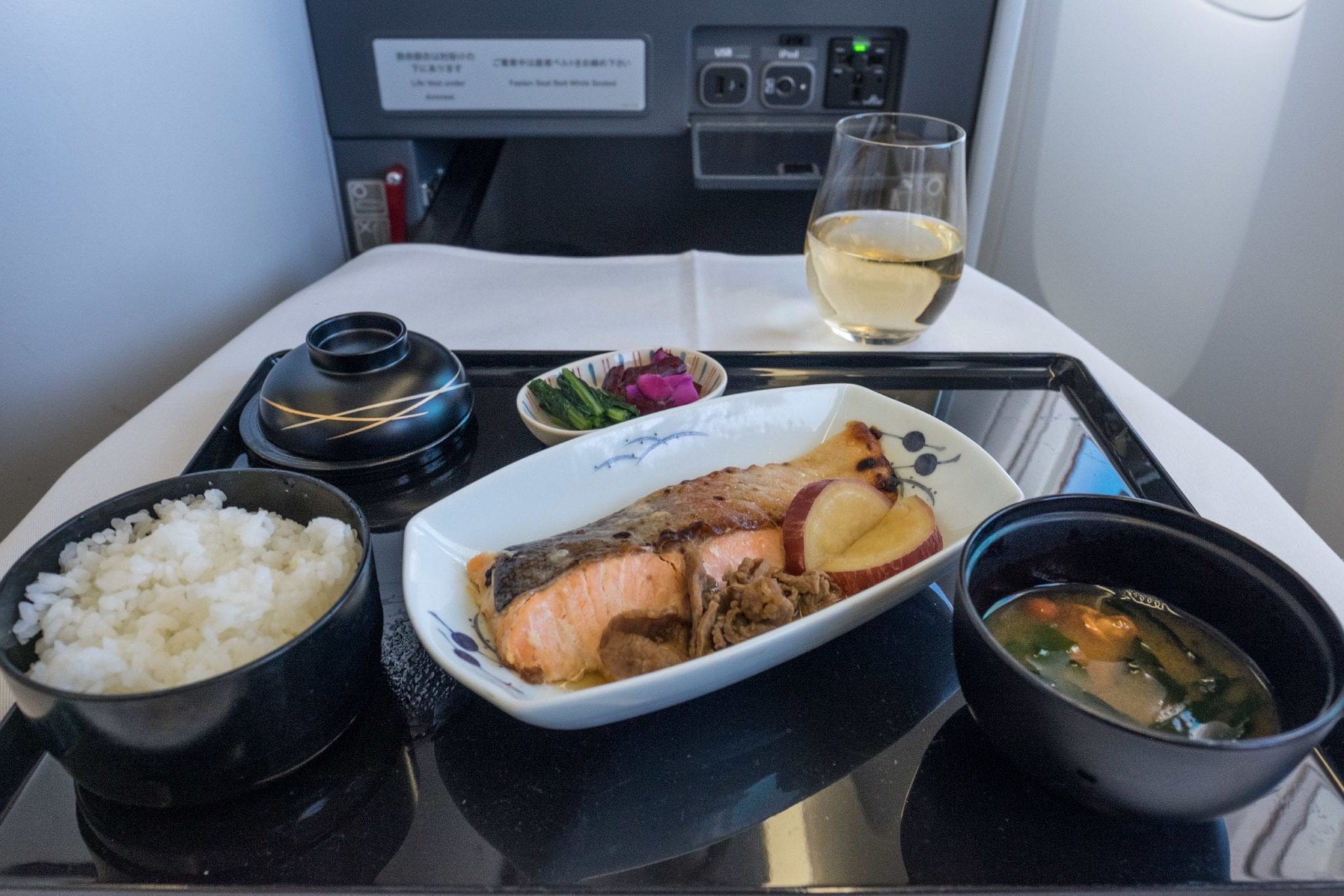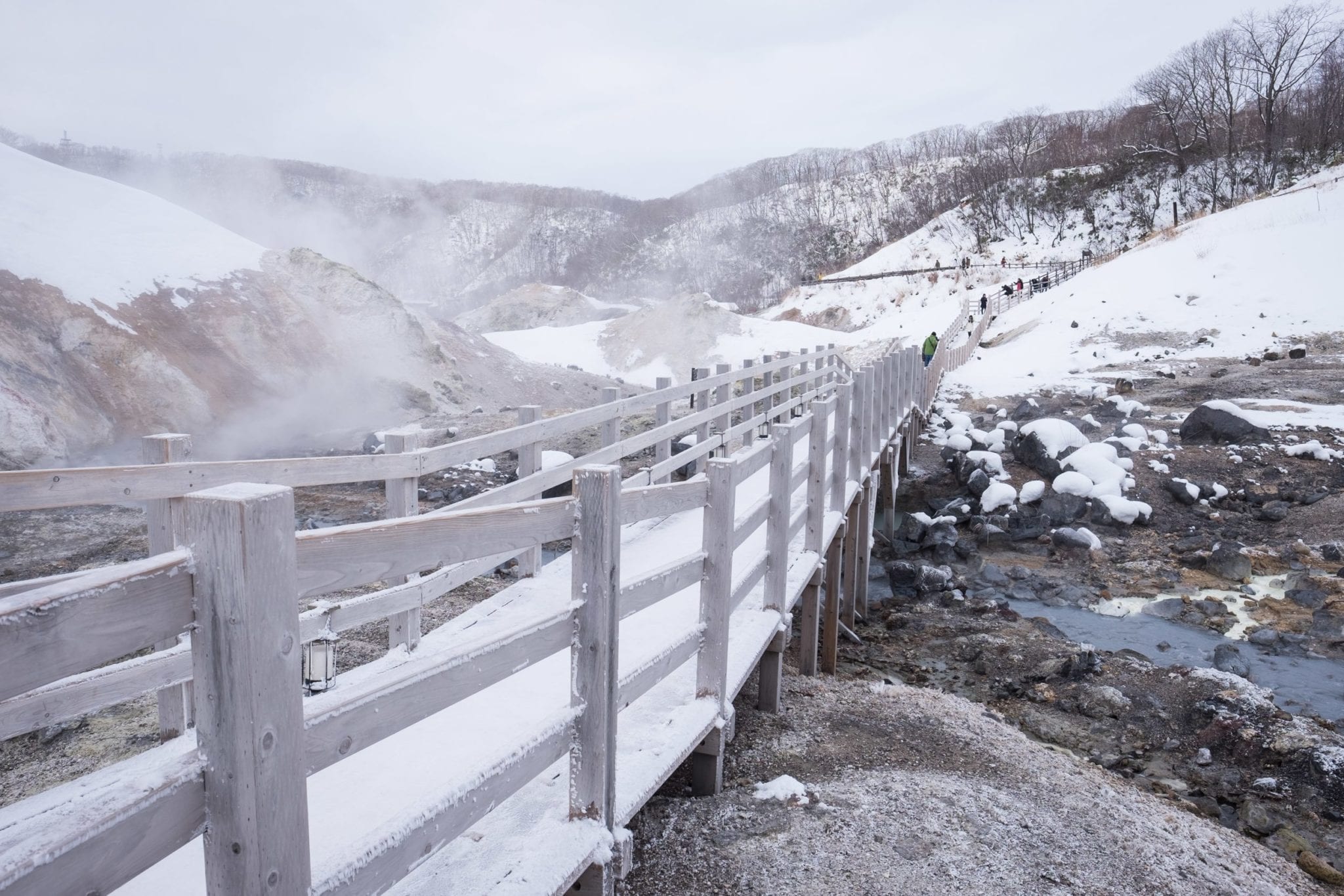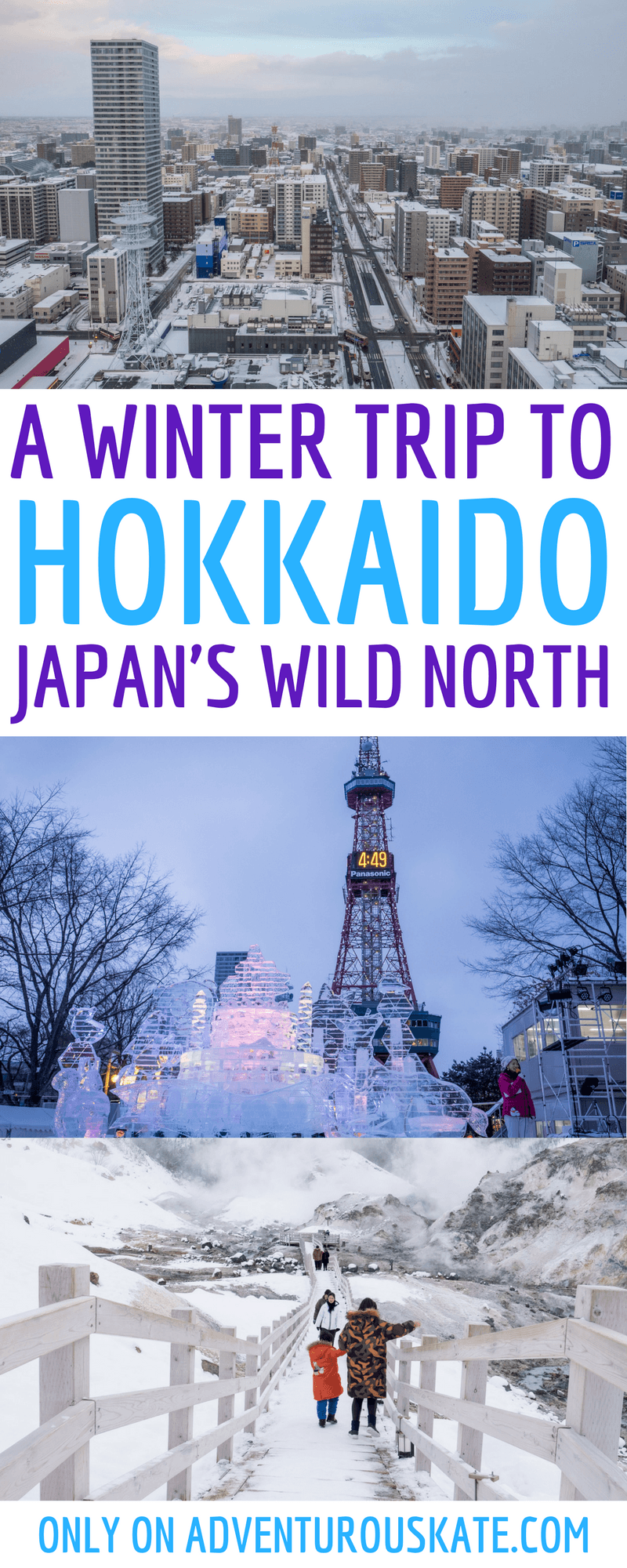Adventurous Kate contains affiliate links. If you make a purchase through these links, I will earn a commission at no extra cost to you. Thanks!
Ever thought of traveling to Japan in the winter? I suggest you consider the wild island of Hokkaido. I recently had the opportunity to return to Japan and explore the best of the Japanese winter. Did I enjoy it? I absolutely loved it!
How This Trip Began
ANA — All Nippon Airways — contacted me to work on a campaign promoting the airline. To experience the product, I would take a flight either to Japan or somewhere else they fly in Asia.
I have to admit, I was tempted to visit a new Asian country. Had I chosen a new country, it probably would have been Taiwan, and it would have been my 75th country. (What a lovely warm winter escape that would have been!)
But the more I thought about it, the more I yearned to return to Japan. I often cite Croatia, Italy, Thailand, Japan and South Africa as my favorite countries, and I’ve been to Italy and Thailand a million times, South Africa three times, Croatia twice — but only once to Japan.
Yes. I would choose Japan.
Table of Contents
Where to go in Japan in winter?
I knew that for my second trip to Japan I wanted to get a bit off the beaten path, go beyond the typical Tokyo-Kyoto-Osaka-Hiroshima itinerary that so many first-time tourists plan. This would hopefully help me evade the hordes of tourists, get to see a side of the country more popular with Japanese tourists than foreign visitors, and create some original content for you lovely readers.
I was down to two choices: Hokkaido, the northernmost island, and basing in Sapporo, or Kyushu, the westernmost island, basing in Fukuoka. Both islands are filled with great cities, natural wonders, their own signature ramen styles, and onsen towns.
But what I wanted was winter. Real winter. Snowy winter. Going to Fukuoka in winter would be like going to Atlanta in winter — all of the gloom, none of the pretty snow.
Hokkaido was clearly the winner. (And after talking to three of my Japan-based friends, Kyushu will definitely be my next Japan trip!)
Traveling to Hokkaido in Winter
Hokkaido is Japan’s northernmost island. It’s home to lots of unique floral and fauna and has much more in common ecologically with the Russian island of Sakhalin than other parts of Japan. And most famously, Hokkaido is home to the city of Sapporo and its world-famous eponymous beer.
If you want to experience a real Japanese winter, Hokkaido is the place. It’s got mountains and national parks, onsen towns bubbling with sulfuric activity, world-famous ski resorts, giant fresh crab pulled from the sea, steaming bowls of ramen served with butter, and Sapporo’s very own snow festival.
In fact, it was the Sapporo Snow Festival that drew me in the first place.
If you’re a longtime reader, you know I can’t resist a lesser-known festival, whether it’s the Air Guitar World Championships in Oulu, Finland; Hemingway Days (and the Hemingway lookalike contest) in Key West; or dancing all night long with Vikings at Up Helly Aa in Shetland. I had to add this snow festival to my repertoire!
Visiting the Sapporo Snow Festival became the focus of my trip and ANA and I worked to arrange dates that coincided with the festival in early February.
Sapporo
Sapporo, with a population of nearly 2 million, is the largest city in Hokkaido. It’s youthful and unsophisticated, but easy to get around and welcoming. As soon as you leave the downtown core, it feels a lot more like the suburbs. And with its transportation connections, this is probably the best place to base when visiting Hokkaido.
Sapporo Snow Festival
The Sapporo Snow Festival, or Yuki Matsuri, takes place for a week every February. You’ll see everything from snow sculptures to ice carving, athletic competitions to music concerts, and tons of delicious food.
The TV Tower, in the background, is the best place to get a panoramic view of Sapporo!
I wasn’t there for the judging of the snow sculpture contest, which takes place at the end of the festival, but I got to see this magnificent dragon sculpture!
Japanese people LOVE all things French. In Tokyo you’ll see women toting Ladurée and Pierre Hermé macarons. And this very French hot chocolate stand offered just the right treat to warm my hands on a cold night.
I don’t know how famous this performer was, but she made the crowd go wild.
Eventually, I left the events of Odori Park for the Susukino neighborhood, famous for its dining and nightlife. Ice sculptures greeted me along the way — including a somewhat macabre sculpture with fish frozen in place!
Sapporo is one of Hokkaido’s three ramen cities! Sapporo specializes in miso ramen, but with a twist — they add butter and sweet corn. The butter is due to Hokkaido’s dairy production; the corn has post-WWII roots. Trust me, it’s delicious. The butter makes it smooth and rich, not greasy.
And the best place to get ramen is Ramen Alley, a tiny pathway in the Susukino neighborhood lined with ramen shops on both sides. Drop in wherever has an open seat! Coming into a tiny ramen shop from the cold, the steam from the soup fogging up the windows, and the employees welcoming you with a nod and a menu like any other local — that’s fabulous.
Pair it with a Sapporo Classic — this type of beer is only sold in Hokkaido, and it’s delicious!
I’m always on the lookout for good local coffeeshops, which can be a bit of a challenge in Japan as so many of them allow smoking. However, I was recommended a tiny smoke-free place called Baristart Coffee that I absolutely loved.
You get to choose from three kinds of local Hokkaido milk for your latte. The barista told me a bit about them and had me select the one that was best for me. And it was INSANELY delicious.
That latte was so good, I bought a travel coffee mug with their logo on it as a souvenir.
As one of the most popular beers in Japan, the Sapporo Beer Museum and Biergarten is a destination in its own right. It’s a 20-minute walk from the city center; you can also get there by a subway an 8-minute walk away.
I didn’t feel the need to visit the museum, but I did hit up the Biergarten right next door. The main reason? GENGHIS KHAN was on the menu!
Genghis Khan is a selection of lamb and vegetables that you cook on a grill in front of you. While there are lots of different dishes from which to choose, most people go for the all-you-can-eat Genghis Khan and Sapporo Beer spectacular.
I got a single portion of the Genghis Khan, but truth be told…I could have definitely eaten more. Especially if I didn’t have a flight to Tokyo to catch in a few hours.
Word to the wise — they give you plastic bags for your coats. USE THEM. The whole room smells like smoky lamb and your coat will smell like it for weeks if you don’t wrap it up!
Noboribetsu Onsen
You can’t go to Hokkaido and only stay in cities! The landscape is what makes this region special. But if you enjoy the creature comforts (and warmth) or urban areas, I suggest exploring the wilderness in the form of a day trip. Noboribetsu Onsen, just an hour and 40 minutes from Sapporo, is a perfect choice.
Noboribetsu is the name of the town, easily located on the train line; from there, you take a 10-minute bus ride to Noboribetsu Onsen, the steaming, sulfuric onsen town. Japanese people come here for two things: to hike Jigokudani, or “Hell Valley,” and to soak their cares away in an onsen.
With jet lag waking me up at 3:30 AM, I got an early train to Noboribetsu (note that the bus from Noboribetsu to Noboribetsu Onsen doesn’t start running until 9:00 AM and you’ll have to pay for a cab — I paid 1700 yen, or $16).
My cab driver dropped me off at the Jigokudani so I could hike right away. It turns out that there are two other, more famous “Jigokudanis” in Japan. One is in Nagano, the other is in Beppu; both are home to snow monkeys that bathe in the hot springs. In Noboribetsu Onsen, though, you get to enjoy an incredible landscape.
Hiking this was hard! Like everywhere I visited in Hokkaido, there was a hard layer of snow on all paths and sidewalks, which meant I had to hold on tight to the railings. And of course you always get that one person who dresses completely inappropriately for a winter excursion…
Poor girl!
After that hike, I was in need of a hot soak and I headed to Onsen Tengoku (“Hot Spring Heaven”), a public bath with a collection of pools. This was a top recommendation from my Lonely Planet Japan, which I kept as a PDF on my phone, and I’m so glad I went!
This place is truly heavenly. There are so many kinds of pools and saunas, including an outdoor pool surrounded by snow. I went on the early side, 10:30 AM, and there were only five women or so there. Best of all? The hottest pool has a view overlooking hikers in the distance struggling to climb the paths as they hang on to the railings. Watching that while soaking in a bath? So incredibly satisfying!
(Note: you’ll want to research onsen etiquette before visiting one, as there are strict cultural rules from which you shouldn’t deviate. This is a good guide. Onsen are sex-segregated, you must be fully nude, and extensive washing is required before you get in the pools. Some more traditional onsen do not allow people with tattoos due to their association with organized crime. If your tattoos are on the smaller side, you may want to cover them up, at least while checking in. I have a small tattoo on my back and nobody noticed or cared.)
After that, it was time for an astoundingly fresh chirashi don (tip: you’re supposed to eat the lighter fish first, the fattier/heavier fish second, and the egg last because it’s “dessert”?) and a train ride back to Sapporo.
Otaru
Otaru is just 30 minutes from Sapporo by train and it’s a popular day trip. This city originally became popular because of its Western-style buildings along the canal, which at the time were rare in Japan. It’s the equivalent of seeing a cobblestone village in the States!
When I visited Otaru, it was a full-on blizzard the whole time, which put a bit of a damper on my visit. But that didn’t prevent me from getting some ice cream.
If there’s anywhere where you must stop in Otaru, it’s Kita-no Aisukurimu-ya-san (easy to pinpoint on Google Maps, and the doorway is pictured above). This ice cream shop specializes in unusual Hokkaido flavors. If you’re feeling daring, go for squid ink or uni (sea urchin)! Both flavors are light, delicate, and not fishy at all. There’s also purple sweet potato, melon, white peach, black tea, wine, and beer, among others.
Otaru is also home to several small museums and a number of gift shops. A quick browse of the latter and I didn’t feel like sticking around in the blizzard.
Where Else to Go in Hokkaido
I only had the briefest taste of Hokkaido on my trip, but I’d love to see more. Here are some other places worth checking out in Japan’s wild north:
Niseko
Looking to ski in Japan? Niseko is one of the best resorts in Japan! I’m not a skier, but I heard several skiers wax poetic about Niseko’s slopes. And it’s an easy journey from both Sapporo and New Chitose Airport.
One gentleman I met in a Sapporo bar told me that he loves Niseko because the snow is so intense. Between the proximity to the ocean and the cold currents coming down from Siberia, Niseko’s snowfall arrives in October and tops out at upwards of 11 meters of snow per year. That’s more than Whistler, Chamonix or Aspen. Plus, he told me, Niseko gets large, fluffy but dry flakes that are a pleasure in which to ski. (Niseko pic: MIKI Yoshihito.)
Hakodate
Hakodate is another of Hokkaido’s major cities, nestled into the southwest corner of the island. It’s five hours by train from Sapporo, so this is definitely not a day trip, but it’s famous for its low-key vibe, one of the largest fish markets in Japan, and unusual geography that makes it feel like San Francisco. (Hakodate pic: Jackie.Ick.)
Shiretoko National Park
If you really want to get off the beaten path in Hokkaido, head to Shiretoko National Park, in the far northeast of the island. This national park is a UNESCO World Heritage Site, due in part to its unique wildlife. Come here to ride an ice-breaking boat, see adorable animals, and feel as far as possible from civilization. (Shiretoko pic: Hajime NAKANO.)
How I Got to Hokkaido: Flying with ANA
The best and most convenient way to get to Hokkaido is to fly. For this trip ANA flew me from JFK to Narita, then on to New Chitose Airport. There is a train station right in the airport and trains take you to Sapporo in 35 minutes.
I flew business class, which for me was a treat — I almost never fly business class long-haul! I liked how the seats had so much privacy, more so than other airlines. My seat was both a window and aisle seat.
And the food? Easily the best food I had on a plane, ever. There is actually a four-course menu served on each flight, and you can choose Japanese or international. I did Japanese on the way there and enjoyed plates of Japanese appetizers followed by the most wonderful marinated salmon.
Also, my throat was feeling scratchy and the flight attendants brought me green tea with honey, even though no self-respecting Japanese person drinks green tea with honey of all things! And they even drew me a cute little chibi character!
The big question, though — was I able to sleep? YES. ANA’s business class has lie-flat seats, which are pretty much the only way I’m able to sleep on a plane these days. In fact, unbelievably, I was able to nearly obliterate jet lag on both journeys this time around (!!) thanks to going to bed at the time of my destination.
The most remarkable thing, though? After my time in Hokkaido, I flew to Tokyo and based out of there for about a week before flying home to New York. My direct flight home was from Haneda, the smaller airport much closer to Tokyo than Narita. Haneda mostly hosts domestic flights, but ANA operates some international flights out of there, including to JFK. Because of that, I went door to door, from the Park Hyatt Tokyo in Shinjuku to my apartment in Manhattan, in less than seventeen hours.
Let that sink in. I went from breakfasting at the Park Hyatt Tokyo to sitting on my purple couch at home in LESS THAN SEVENTEEN HOURS. That includes an hourlong shuttle bus ride from the hotel to Haneda Airport, arriving exactly two hours before my flight, the 12.5-hour flight, and taking an hourlong Uber from JFK to Harlem through rush hour morning traffic.
Because of that, I feel like Japan is within much closer reach than I thought. I need to go back soon — hopefully to Kyushu next!
Hokkaido in Winter: The Takeaway
Travel decisions are often a gamble for me. Sometimes I hit it out of the park; sometimes I end up disappointed. I’m happy that Hokkaido was the former. Everything went so well!
Hokkaido was absolutely the right decision for my winter trip to Japan, and I only wish I had allotted more time!
I have almost nothing negative to say about Hokkaido, but I should let you know that it snows so often that sidewalks are covered in layers of crusted-over snow, which makes winter snow boots VITAL. Your leather fashion boots will not cut it here — get something strong and waterproof.
My friends with a baby asked me whether Hokkaido would be a good family destination, and I think it would be terrific, but there’s a caveat — if you come in winter, navigating those sidewalks with a stroller would be a challenge. Any other time of year, I see no downsides for families.
Also, Japan’s train stations are unheated once you go through the turnstiles, which isn’t a big deal in milder Japanese cities, but was extremely cold and uncomfortable in Sapporo. Don’t go through the turnstiles excessively early for your train if you don’t need to. If you make that mistake, like I did, get some hot coffee cans out of a vending machine, put them in your pockets, and use them as hand warmers.
But those are two very small drawbacks in the grand scheme of things. No matter what time of year you visit Japan, I highly recommend getting off the beaten path. Hokkaido is a fantastic place to do so.
Visiting Tokyo on your Japan trip?
Check out Where to Stay in Tokyo: Best Neighborhoods and Accommodation
Essential Info: I flew to Hokkaido on ANA from JFK Airport in New York. I flew via Tokyo Narita on the way there, then flew to Tokyo Haneda for a week in Honshu before flying back again from Haneda.
In Sapporo I stayed at the Sapporo MyStays Aspen Hotel, a very comfortable four-star hotel two blocks from the train station. I enjoyed my stay here and would recommend it, especially if you plan on doing day trips by train. It’s about a 15-minute walk or short subway journey to the Susukino neighborhood. Find deals on hotels in Sapporo here.
The Sapporo Snow Festival takes place around the first week in February every year and is free to attend. You can find out more information here. You can climb the Sapporo TV Tower year-round for 720 yen ($7) for adults and 100-600 yen ($1-6) for children.
In Noboribetsu Onsen, it’s free to hike the Jigokudani. Onsen Tengoku offers day passes for 2,000 yen ($19) for adults and 1,000 yen ($9) for children.
Even though Japan is a very safe country, be sure to purchase travel insurance before your trip. I use and recommend World Nomads for trips to Japan.
This campaign was brought to you by ANA — All Nippon Airways, who also covered the expenses of my time in Hokkaido and two additional days in Tokyo. I extended my time in Japan an additional five days at my own expense. All opinions, as always, are my own.

